ILTM are proud to partner with PANROTAS, one of the leading communication and media groups in the travel industry in Brazil, to bring you the second edition of the Annual Luxury Travel Report 2022/2023 – Brazil & Latin America.
Packed with data, analysis, insights and trends – it’s a comprehensive presentation of what luxury travel looks like in Brazil and Latin America today.
The Brazilian traveller is back on the road. Whilst the past three years has seen the world challenged by a succession of unprecedented circumstances, and the luxury travel industry in Brazil and Latin America has been impacted in many ways over this uncertain period. While many of these issues will continue to influence travel trends for some time, there is now cause for real optimism as we move into 2023.
Download your copy of the ILTM & PANROTAS Annual Luxury Travel Report 2022/2023 – Brazil/Latin America








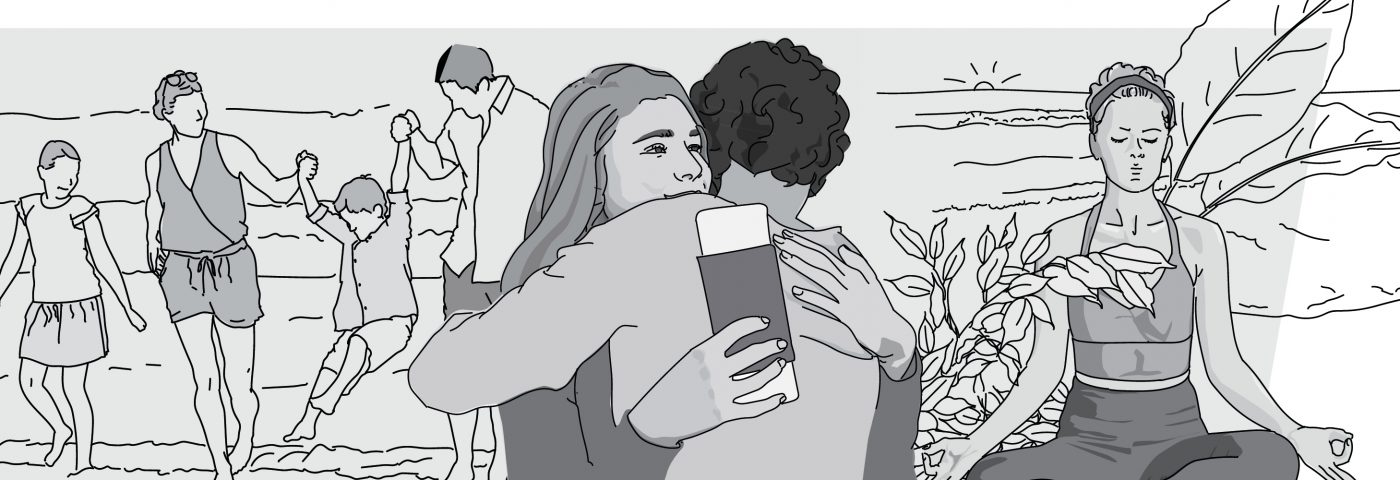
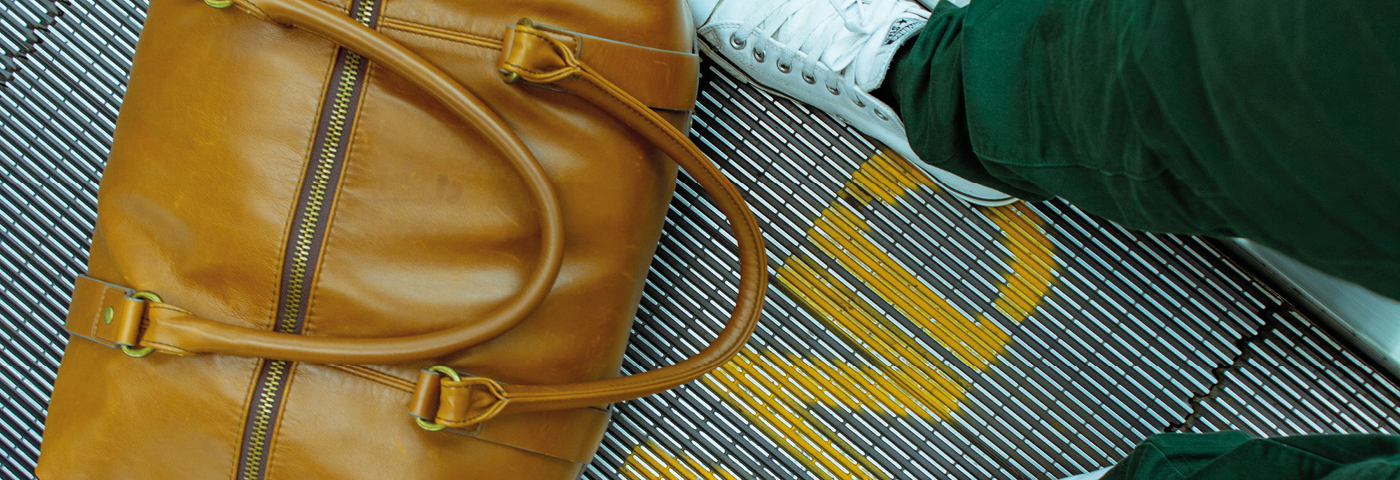
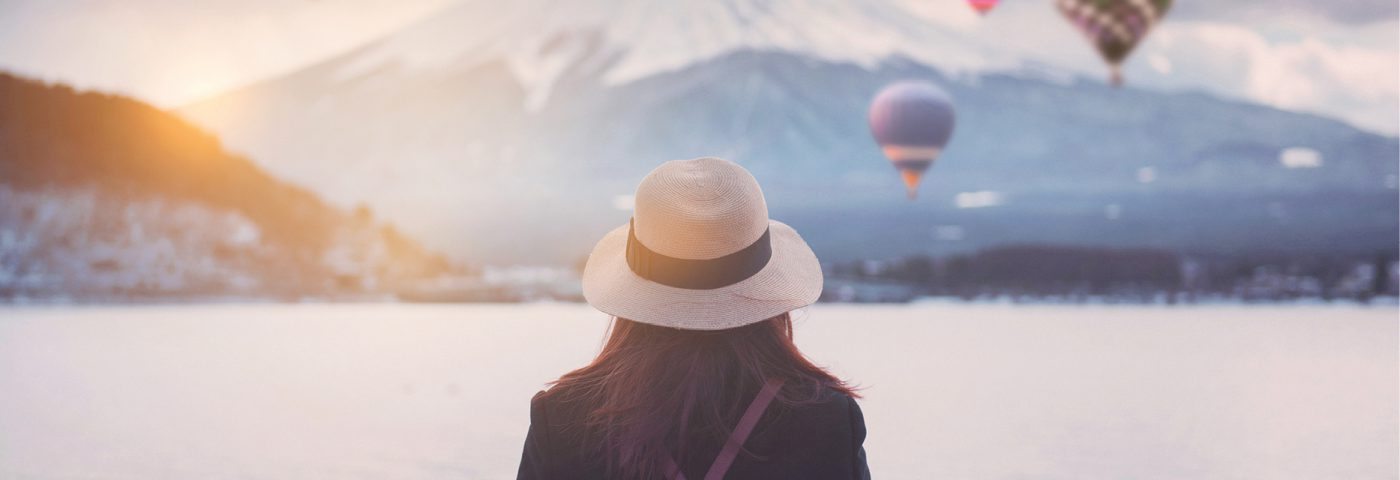
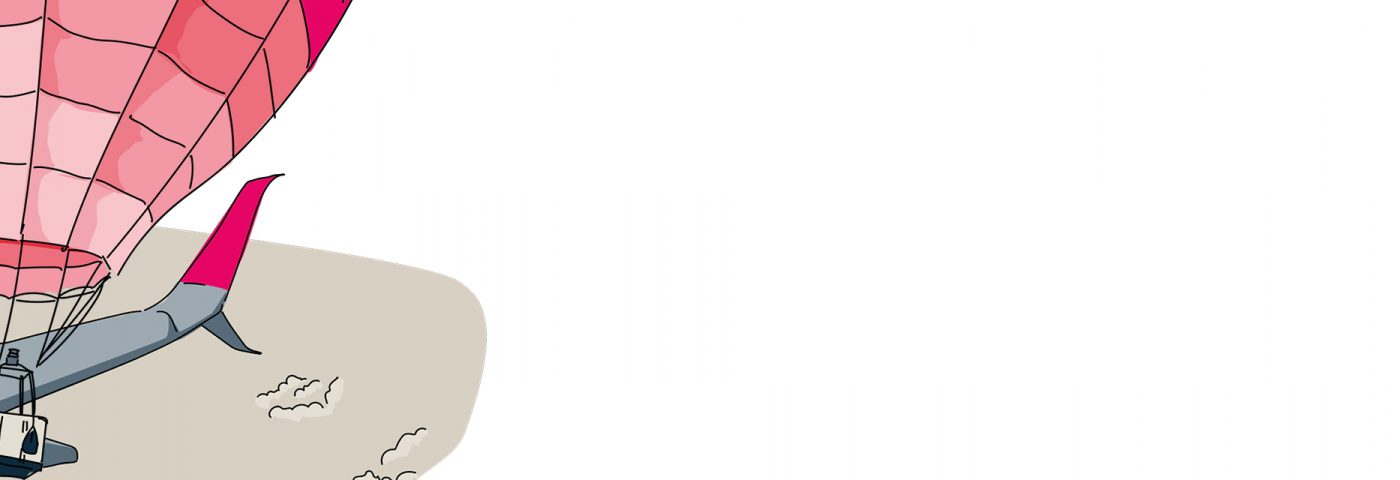
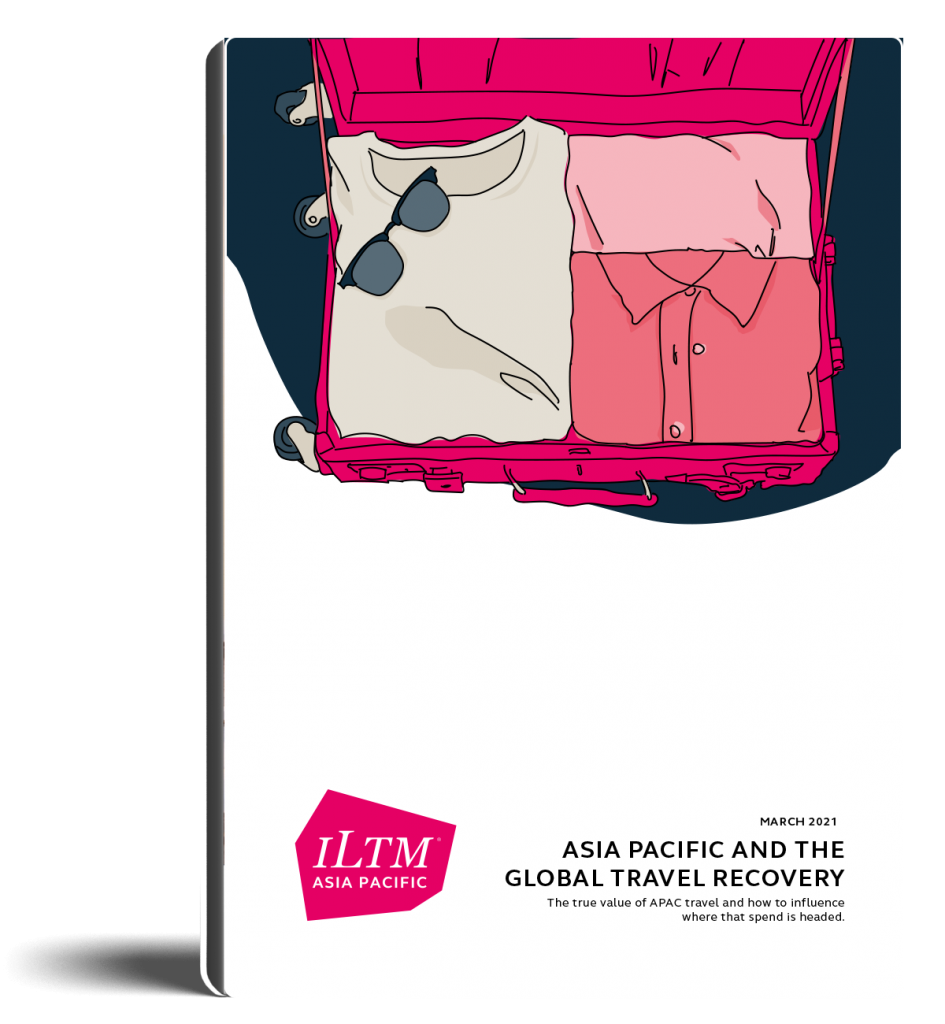

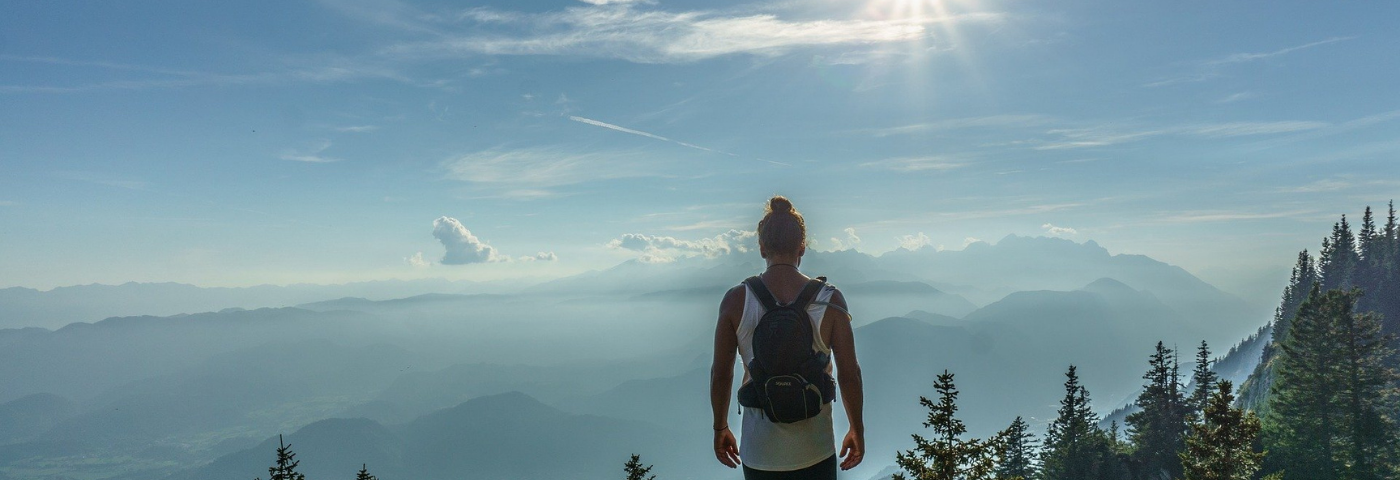
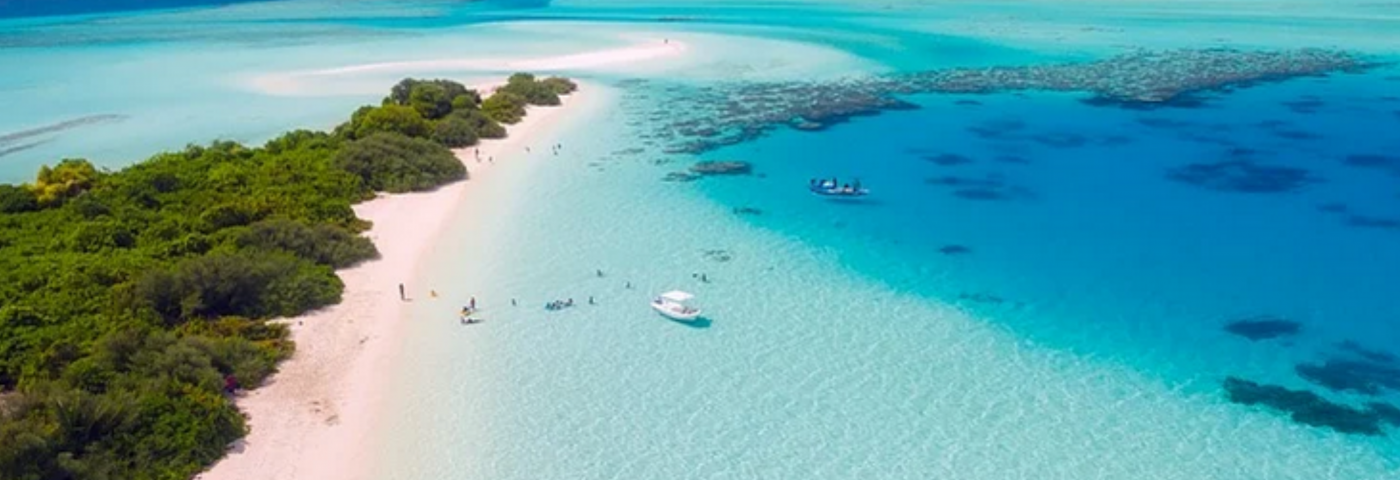
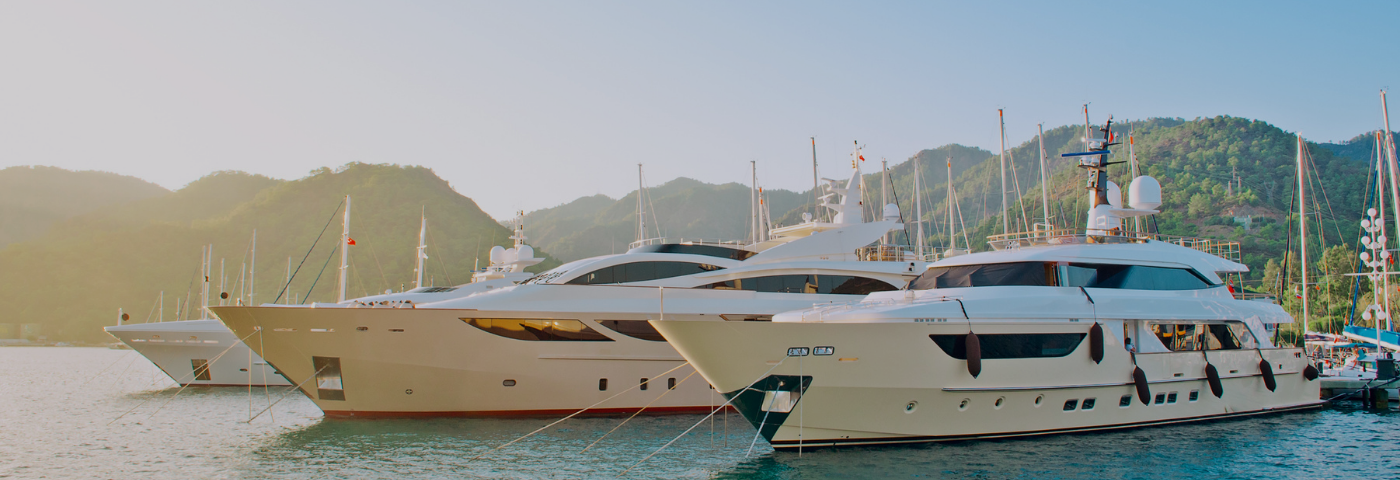
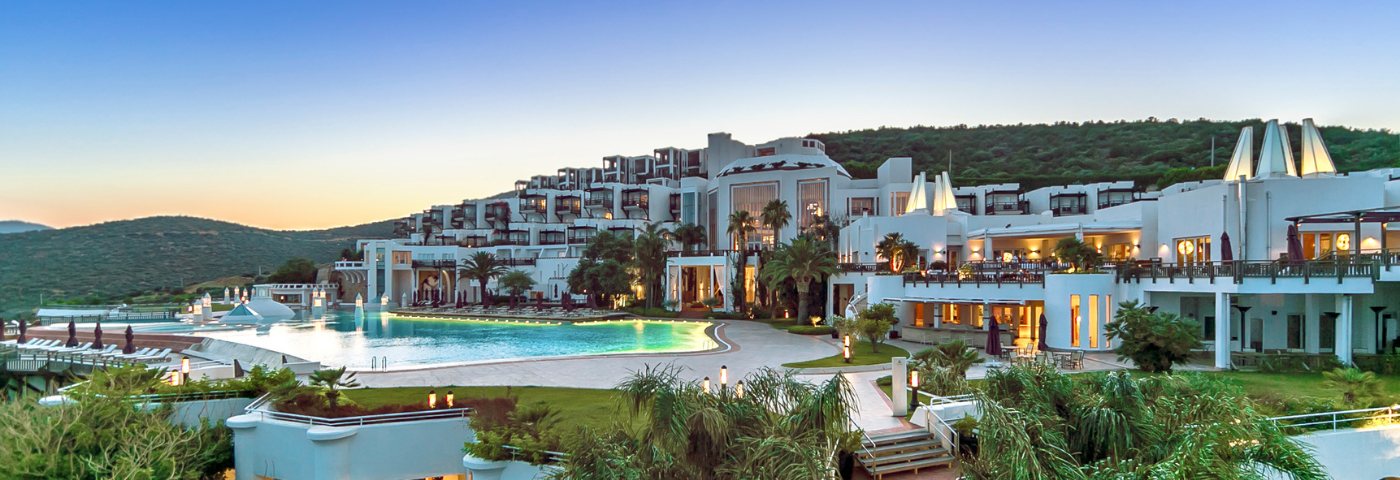
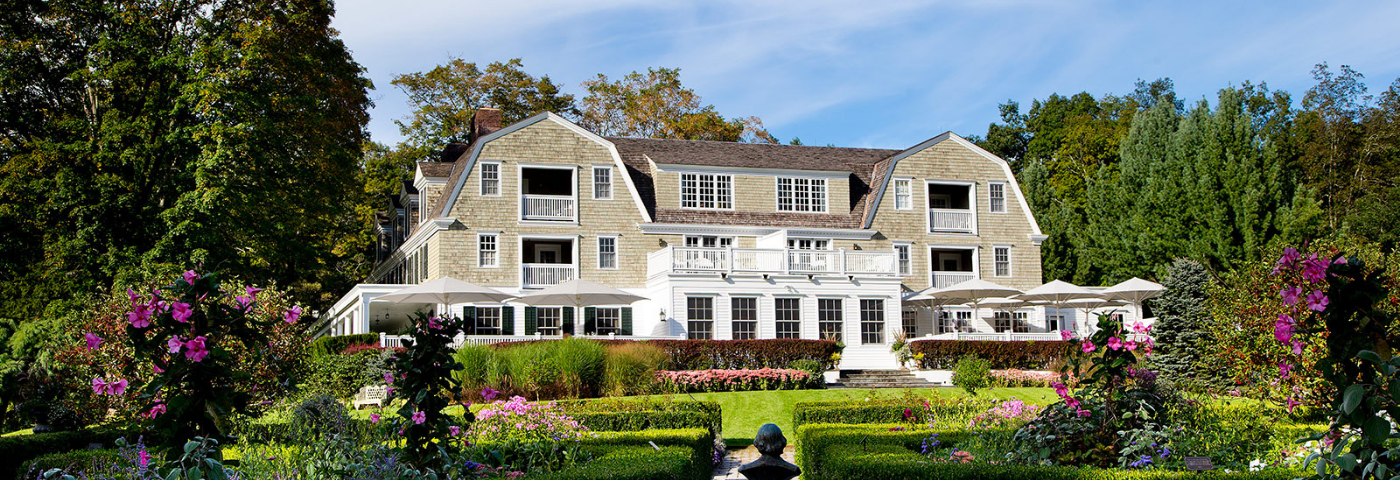
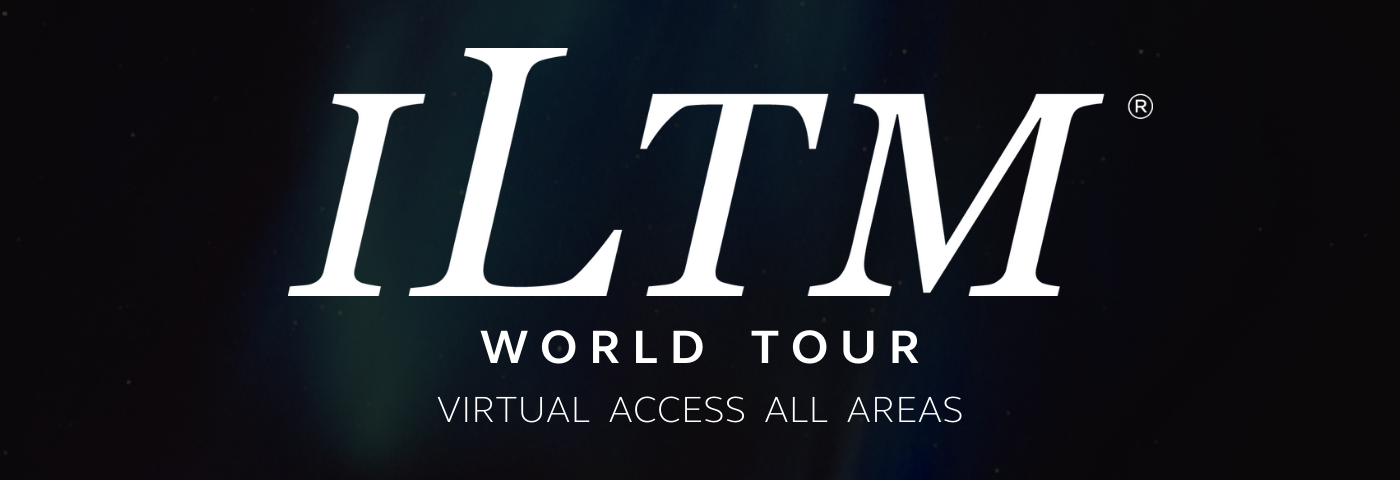
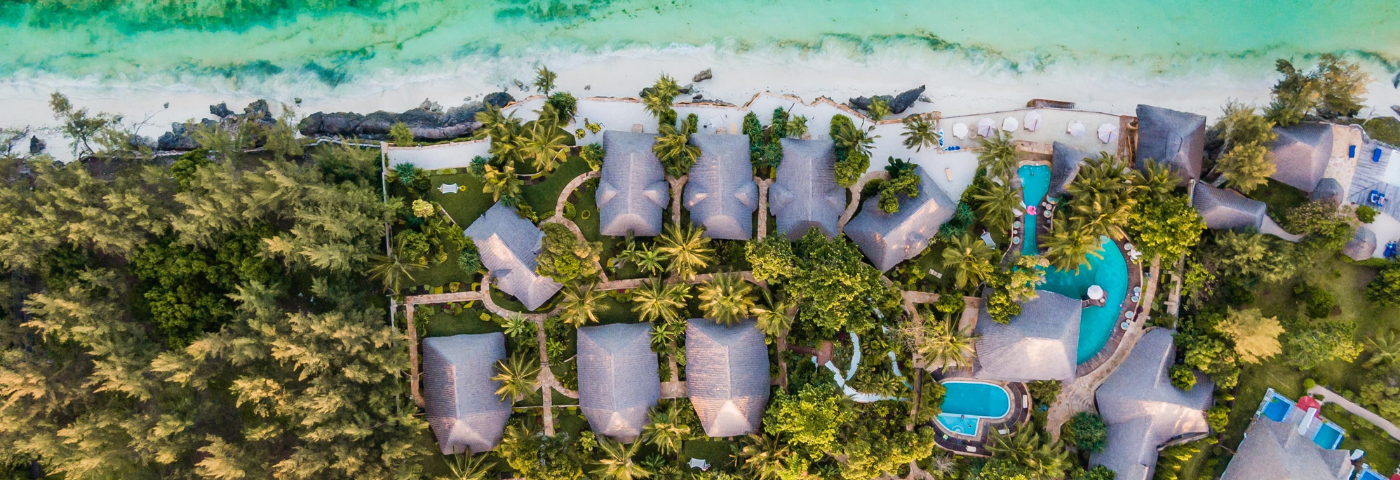
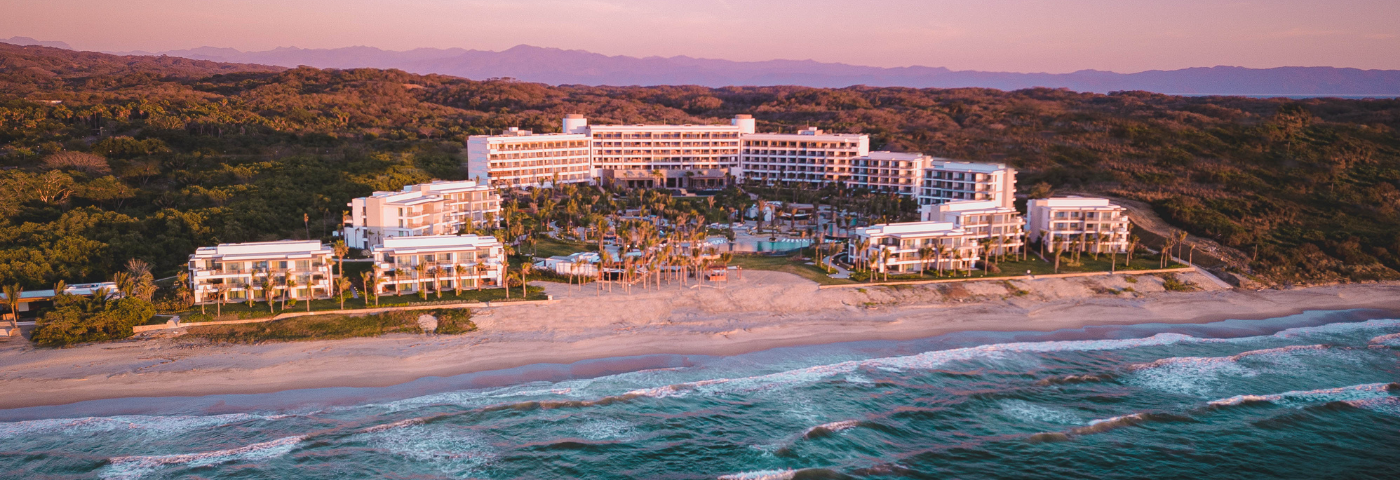
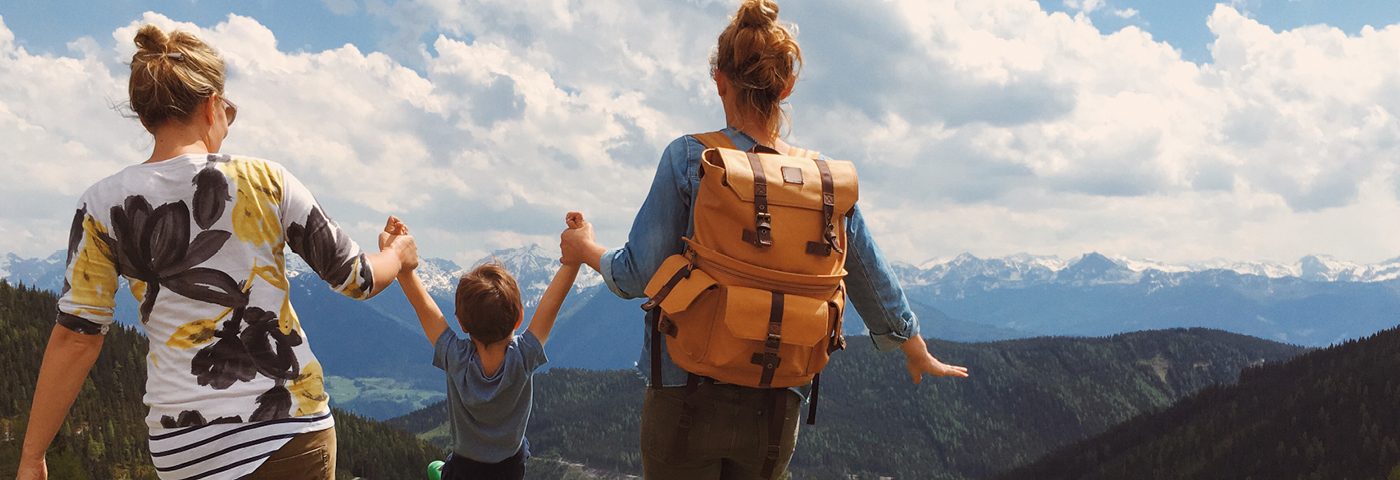
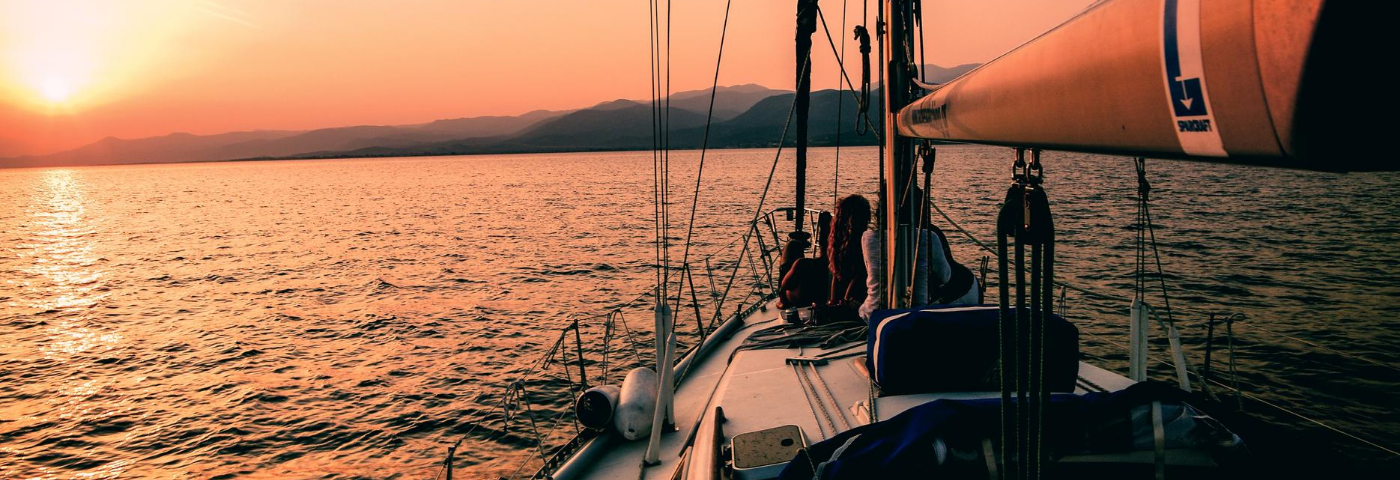
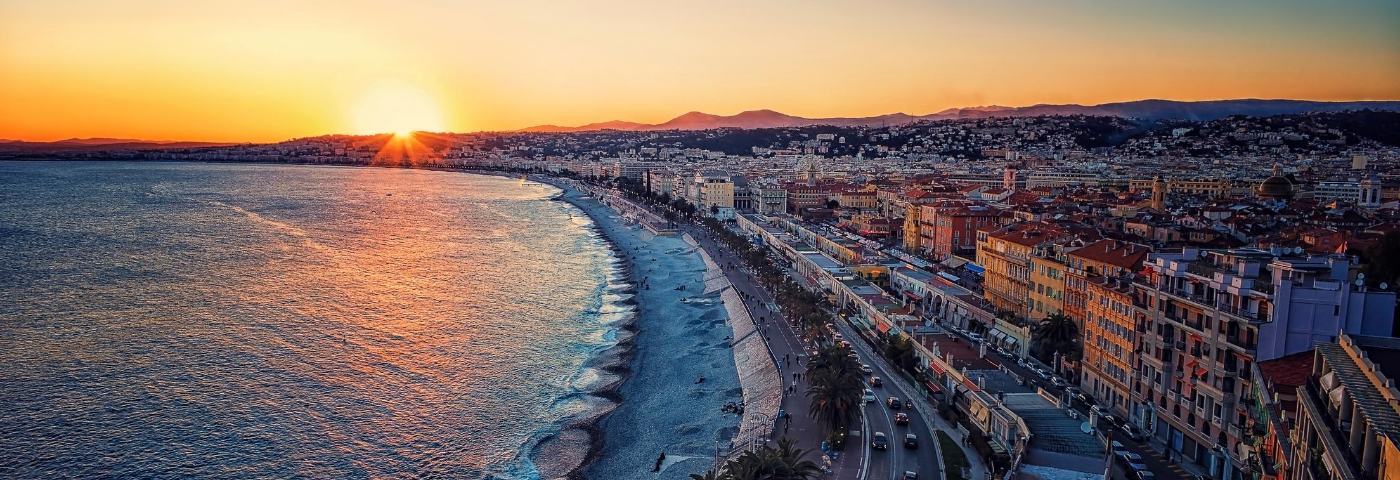
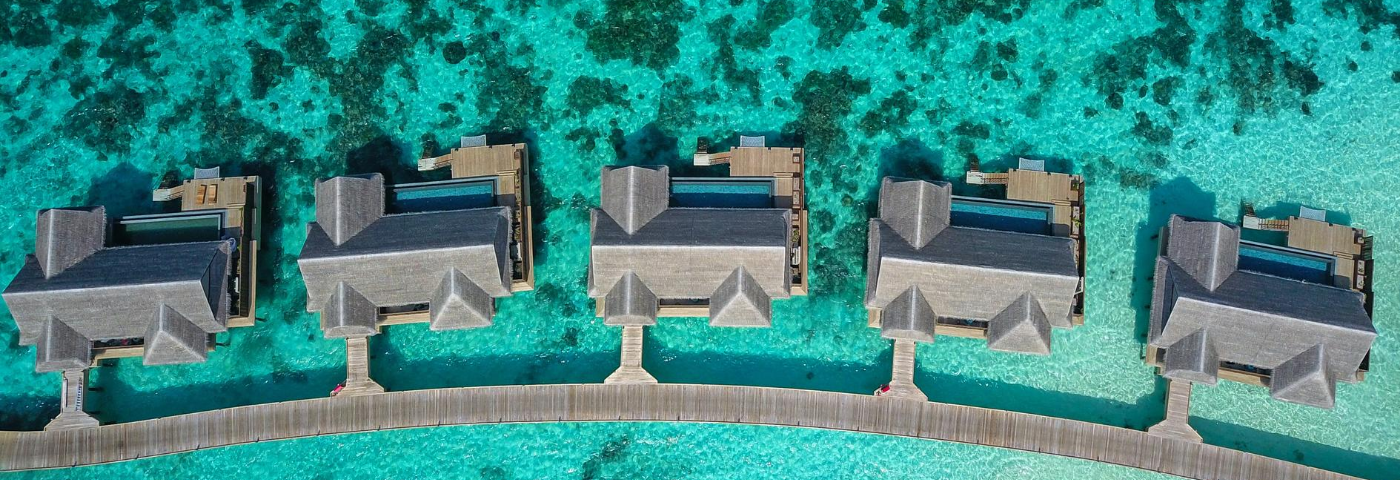
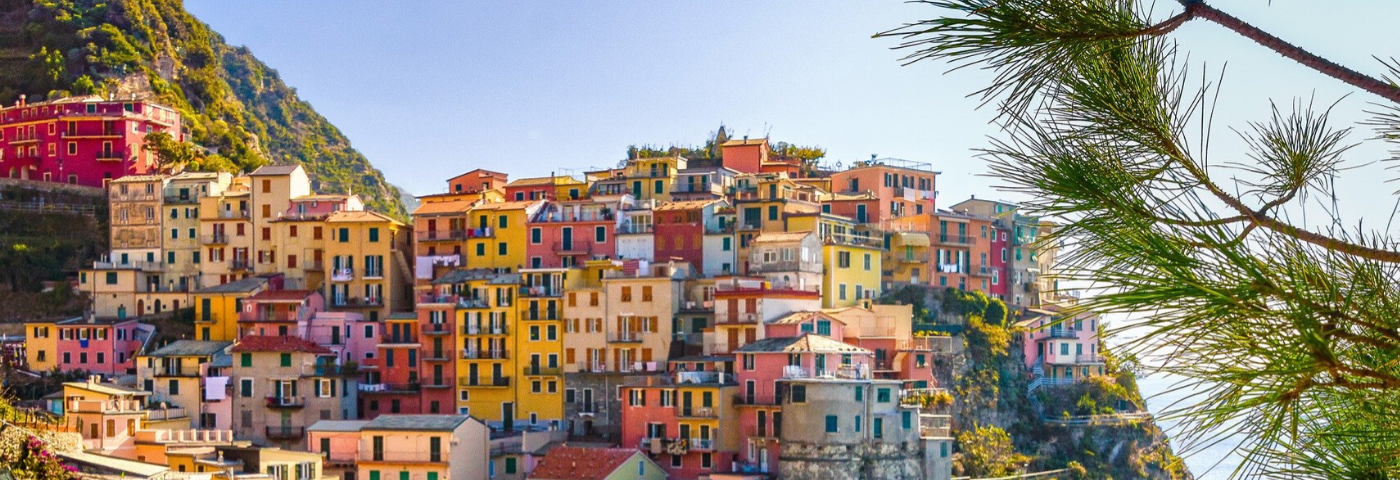
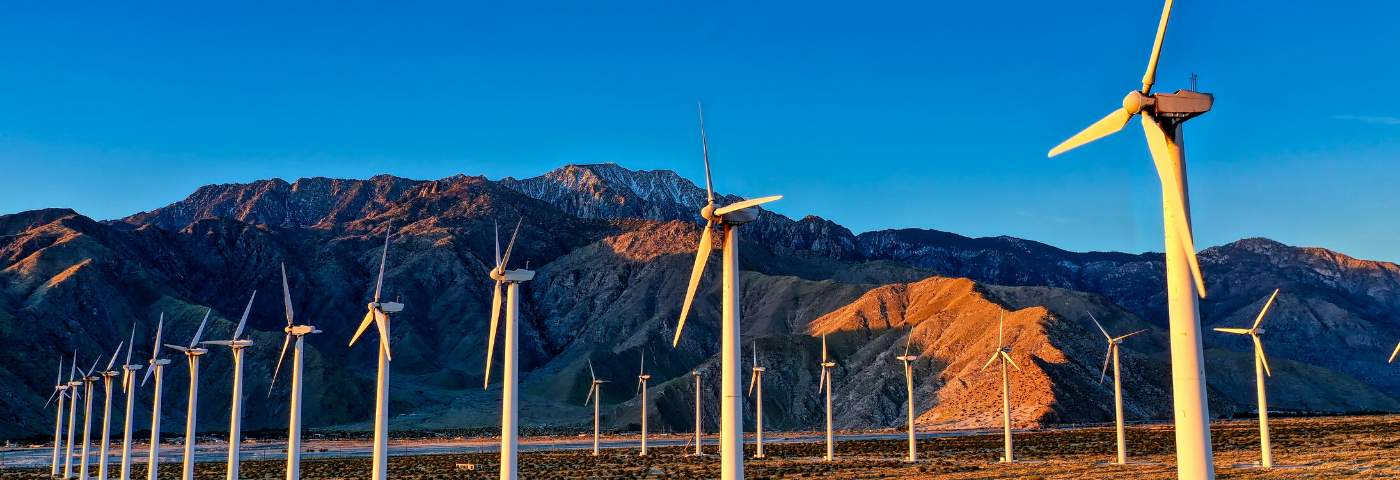
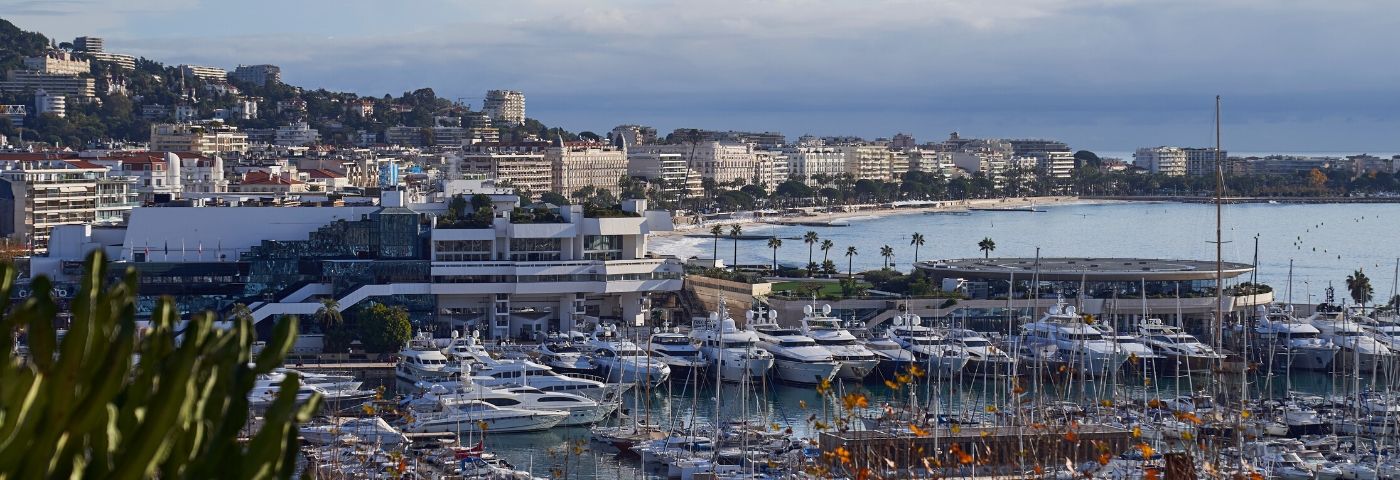
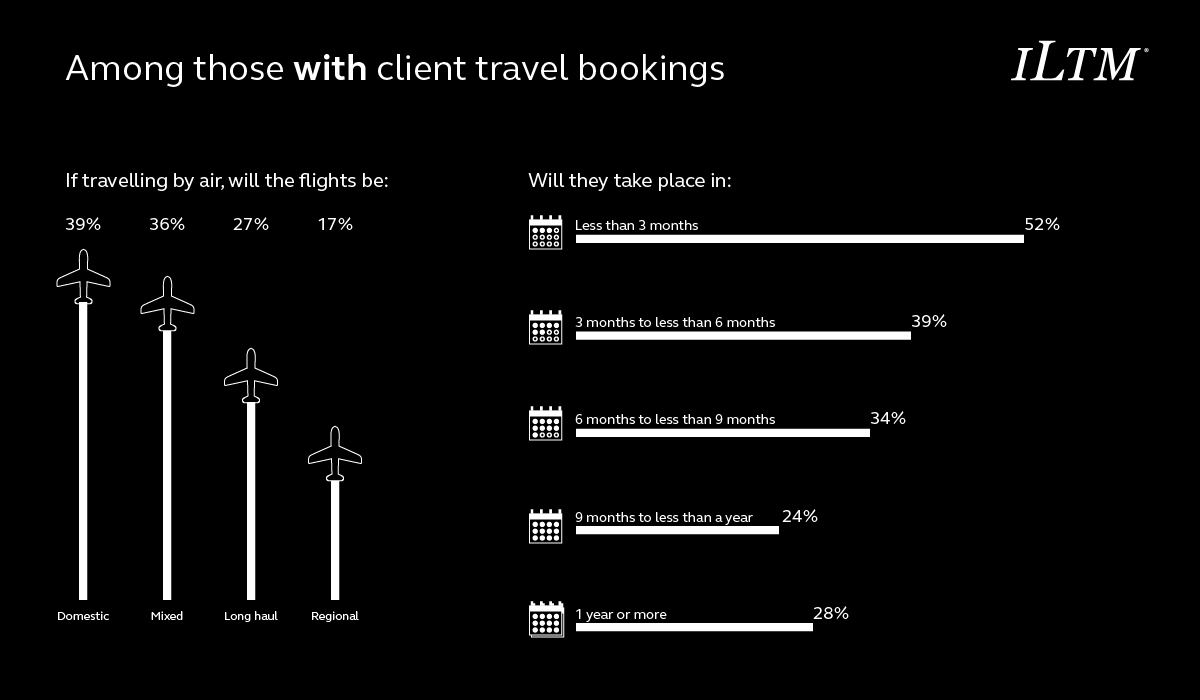
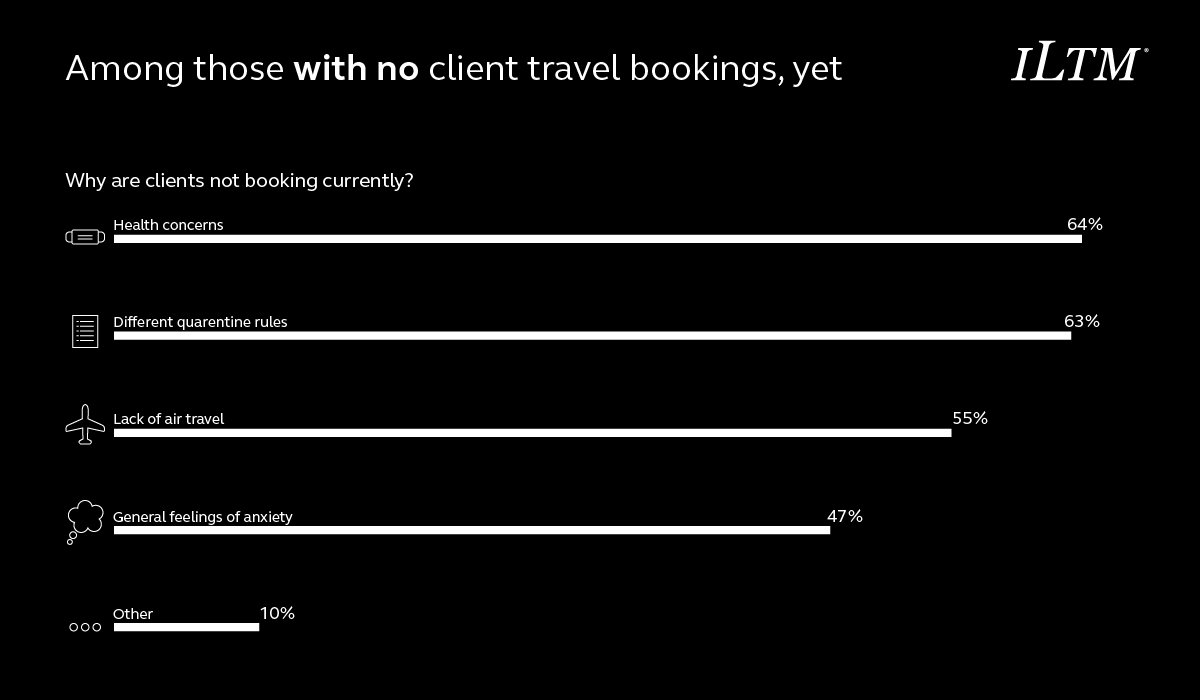
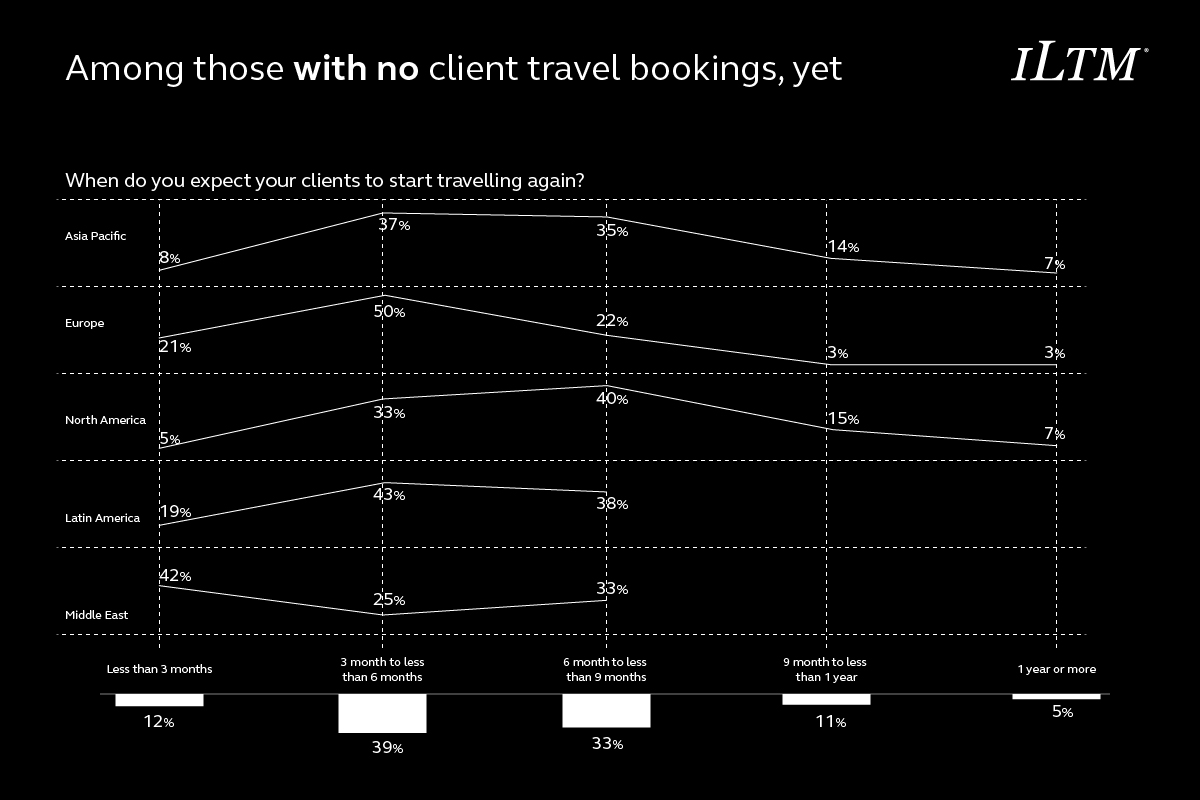
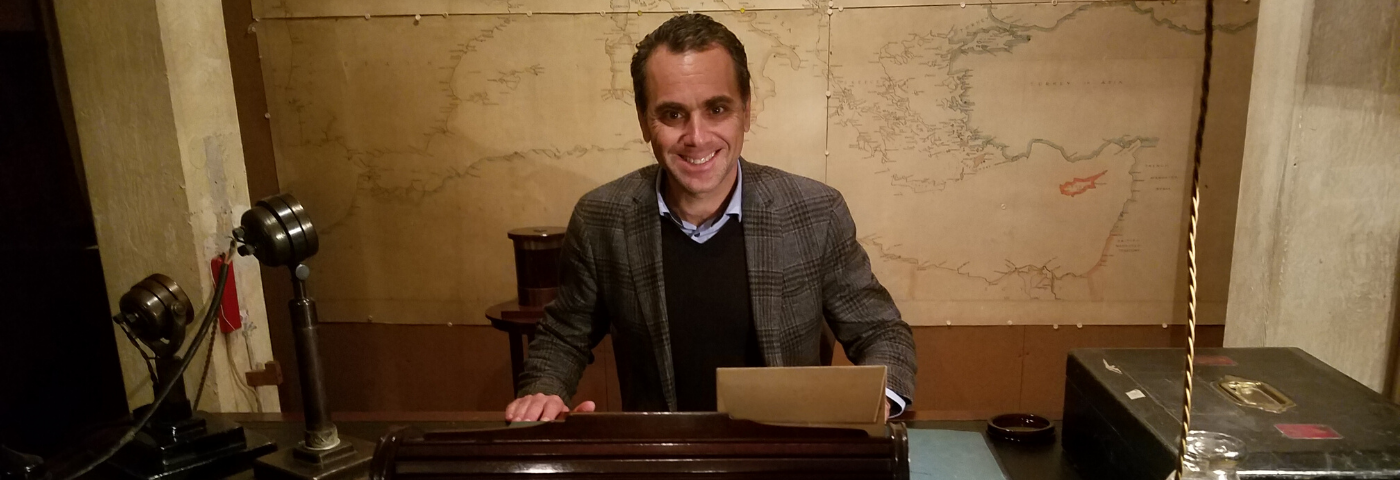

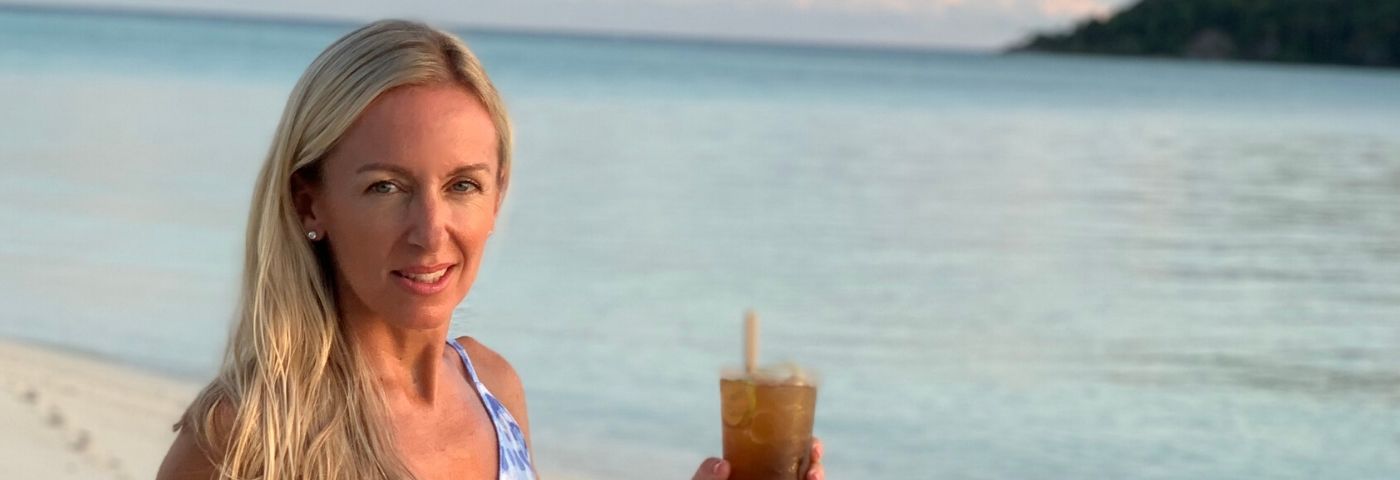

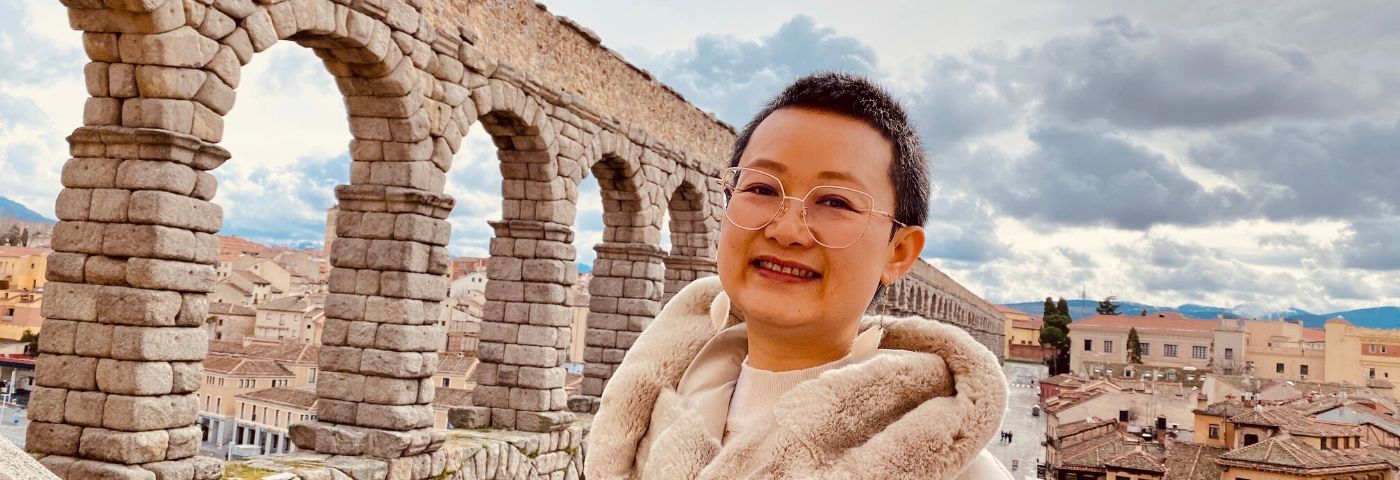


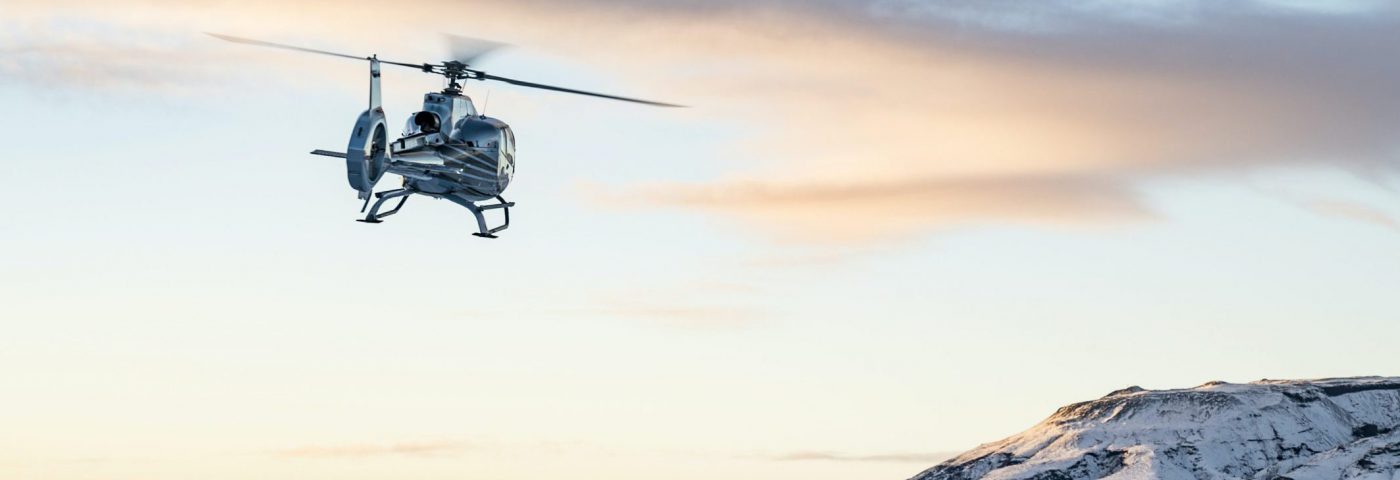
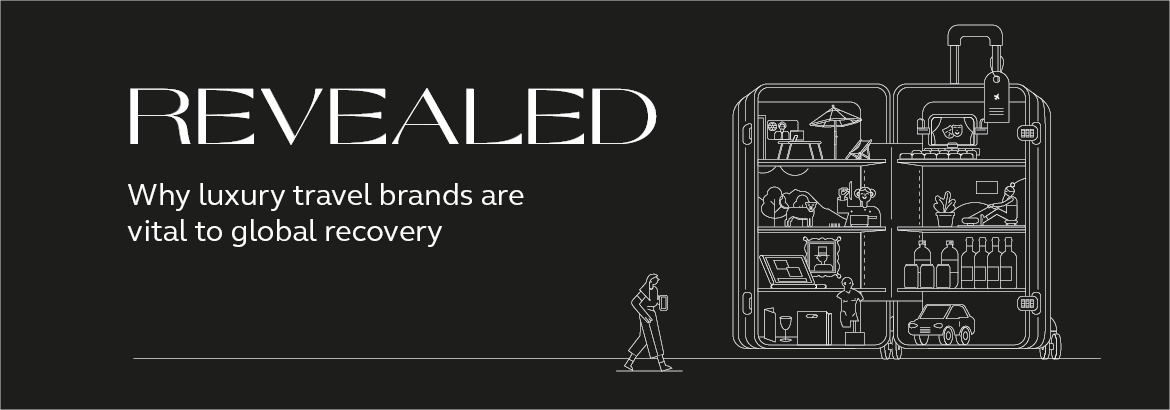

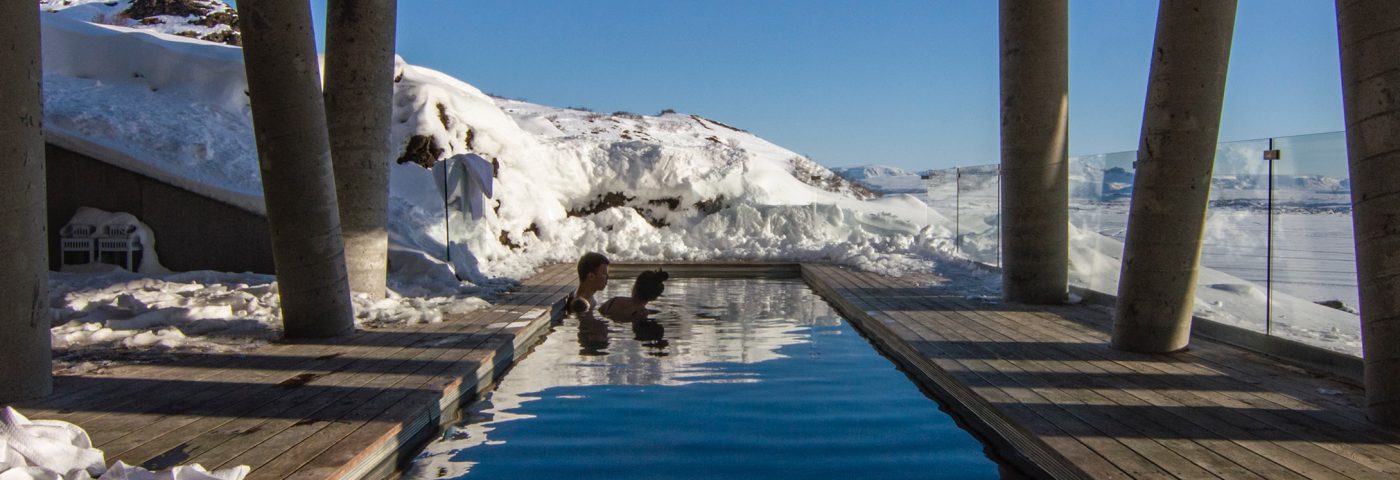
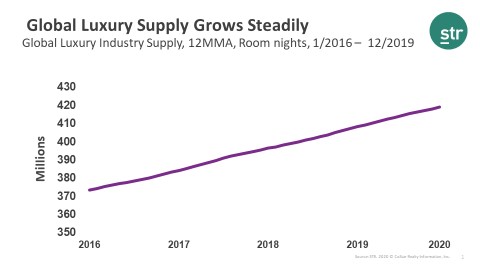
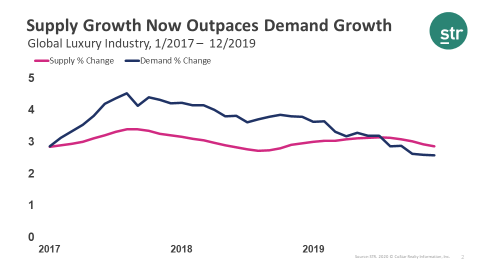
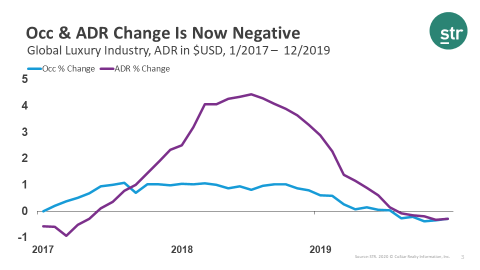
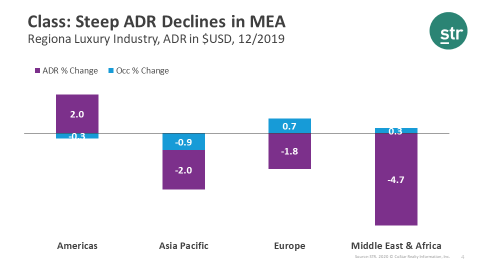
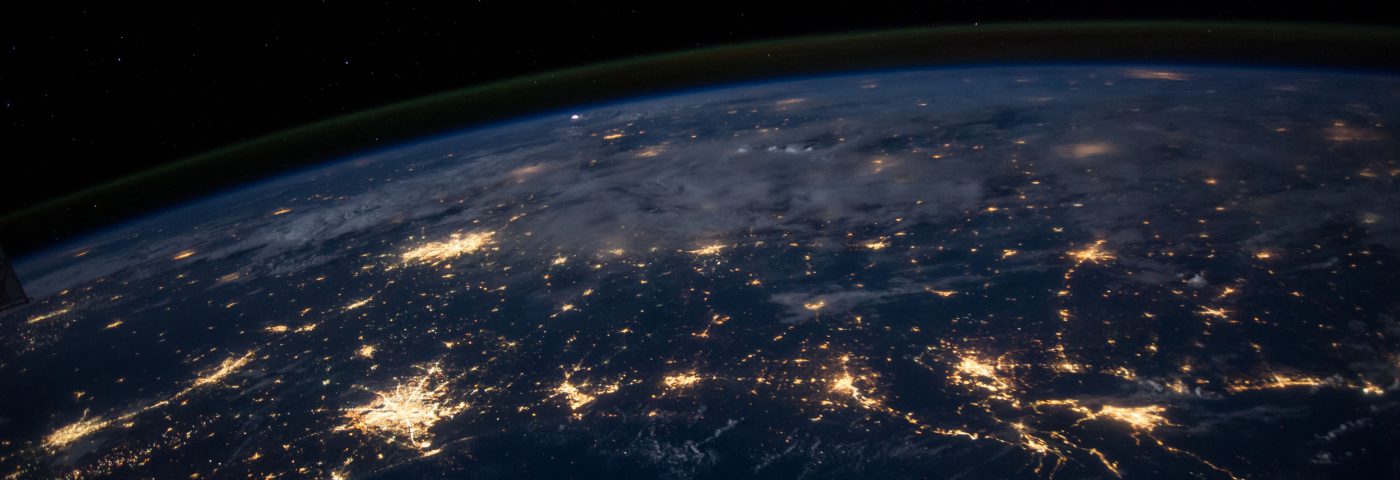
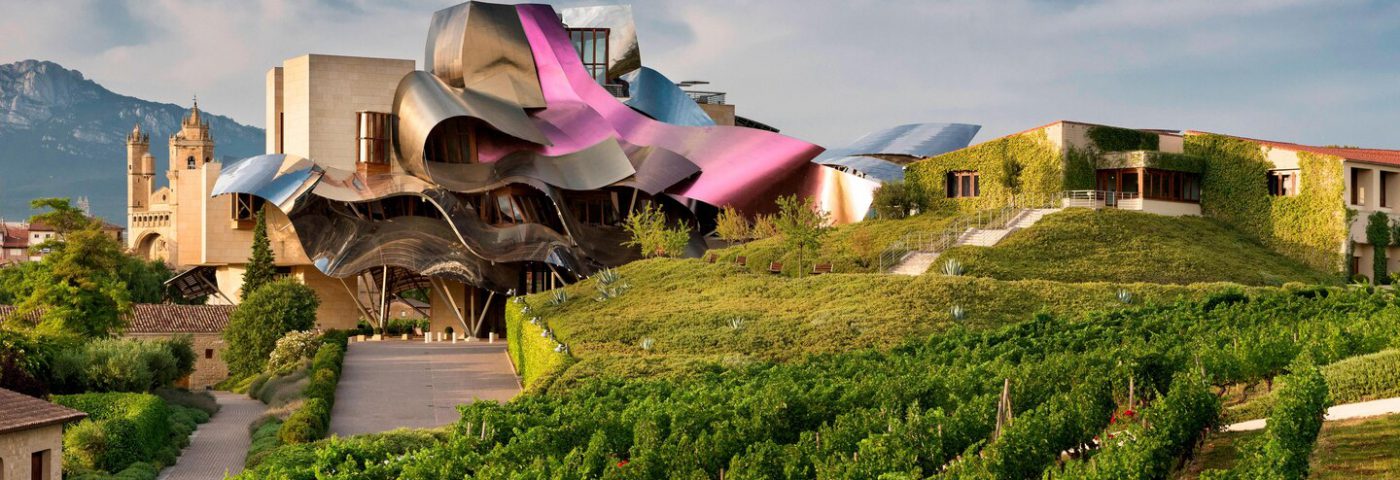
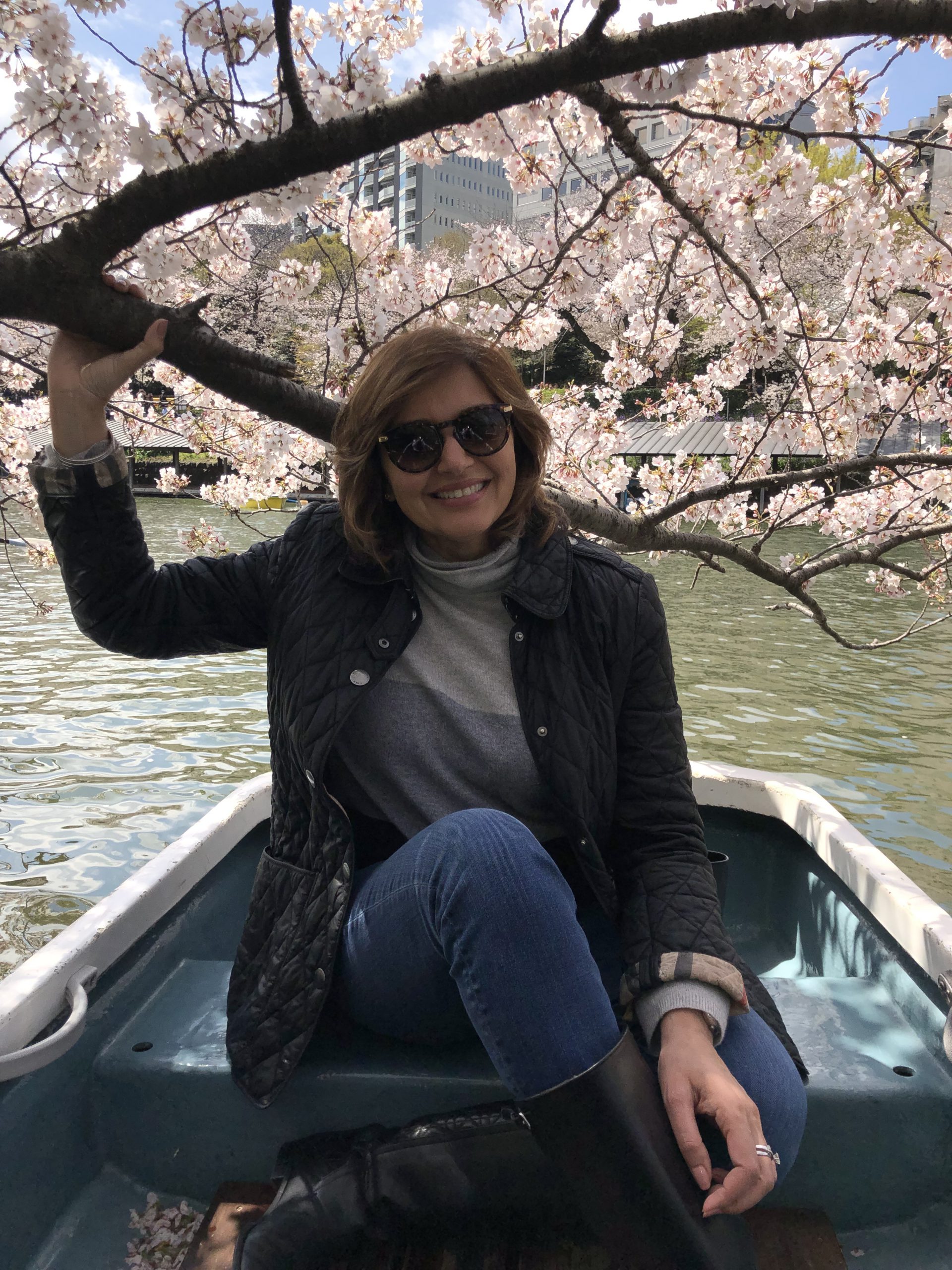
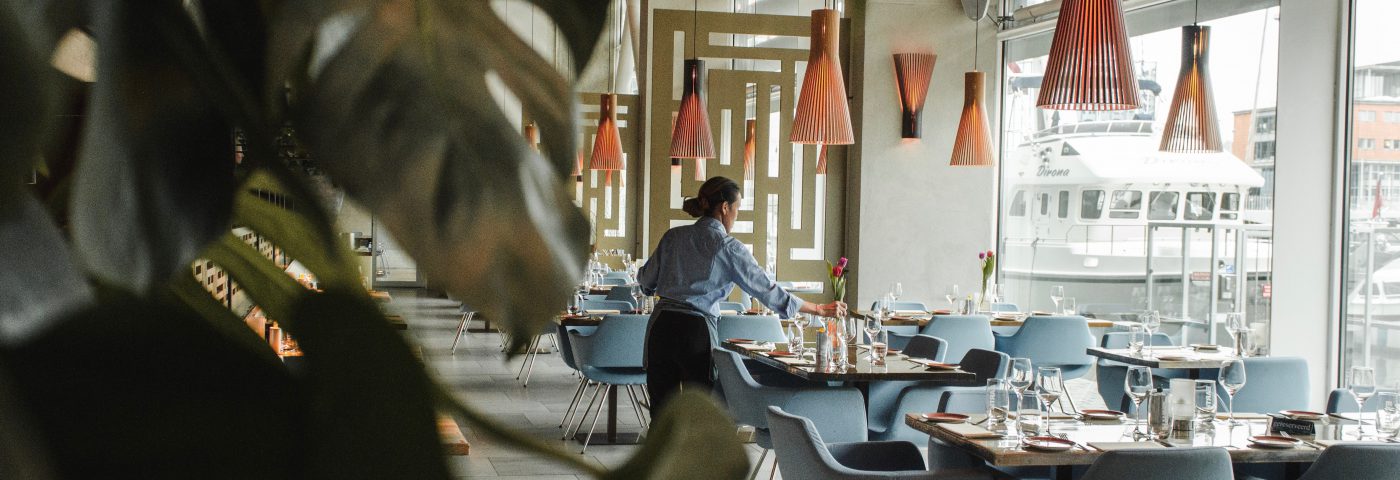
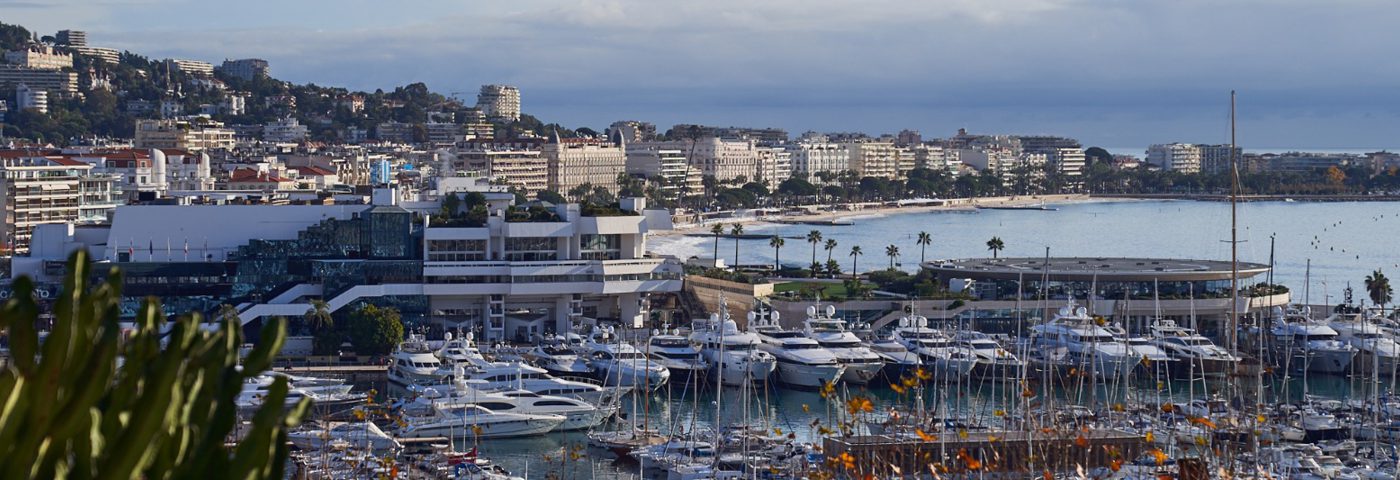
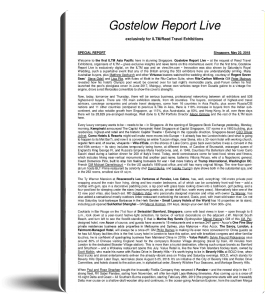
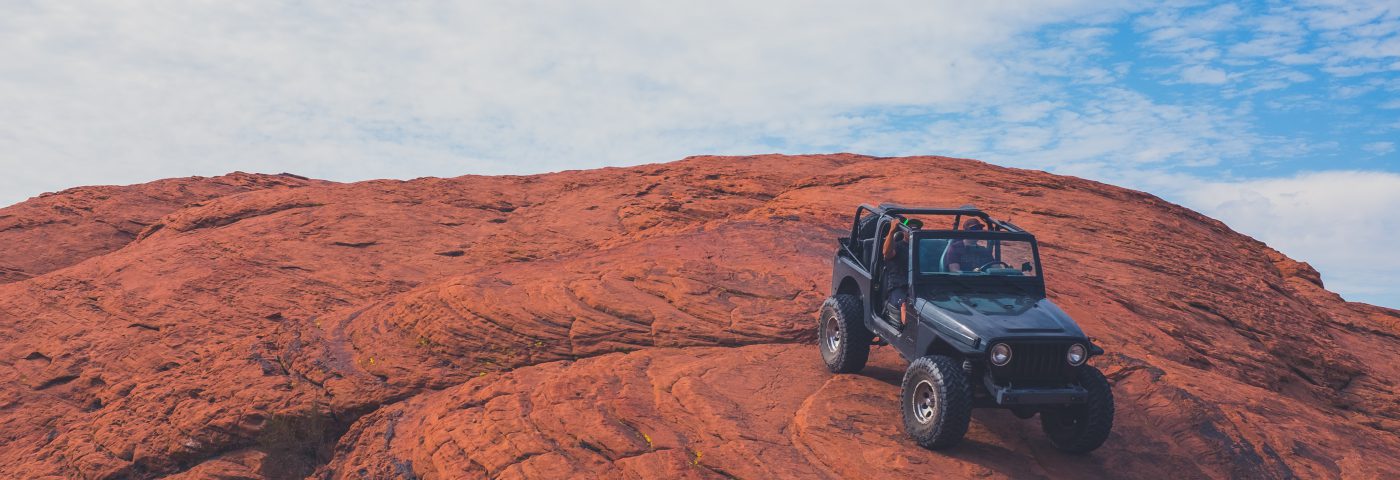
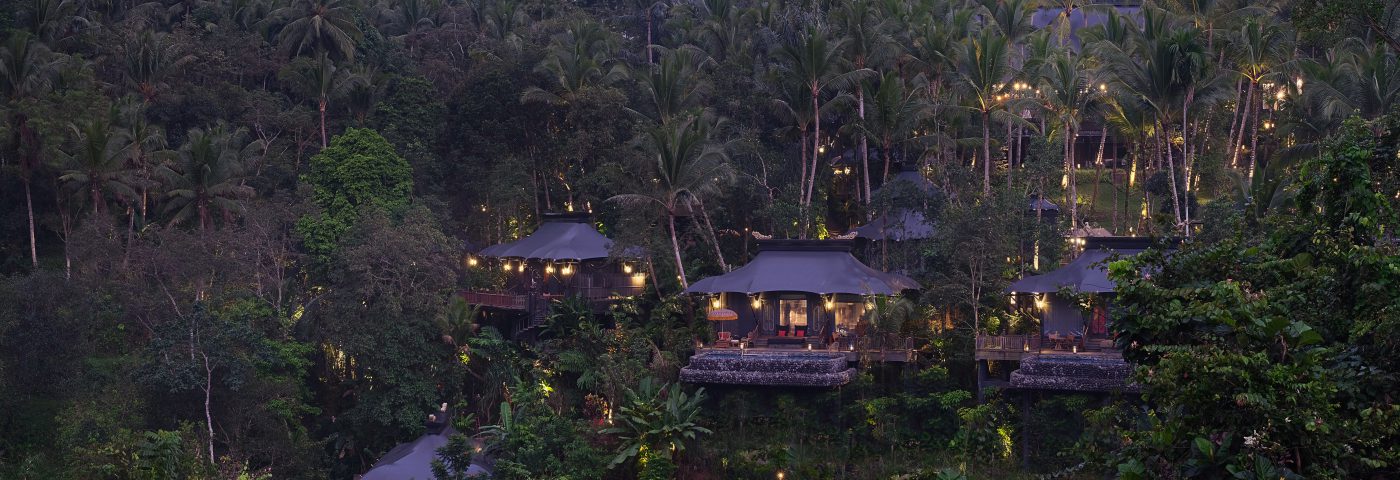
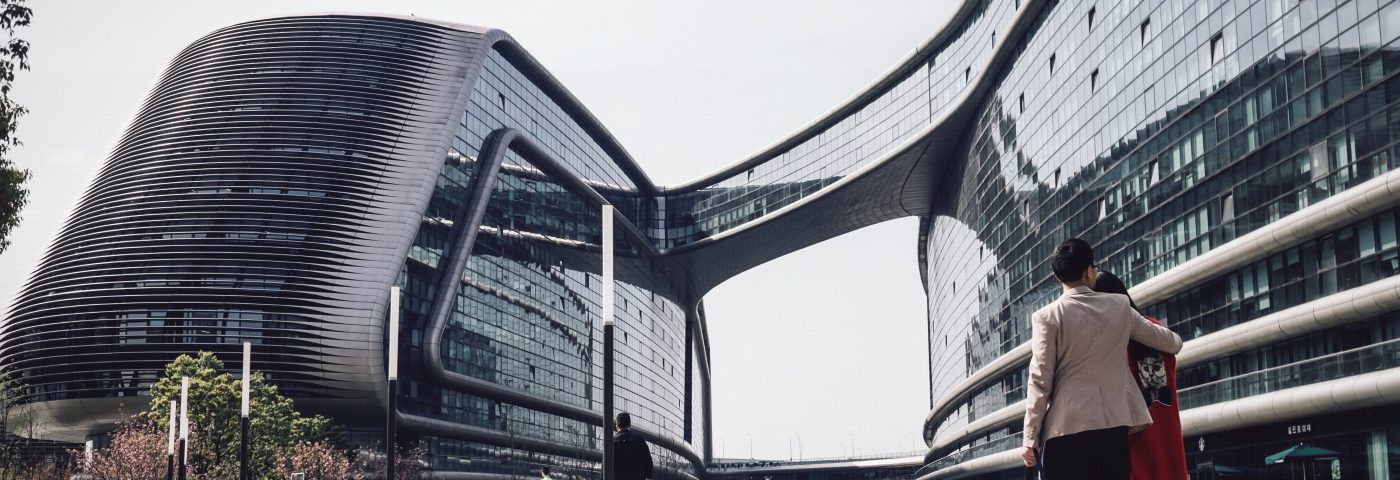
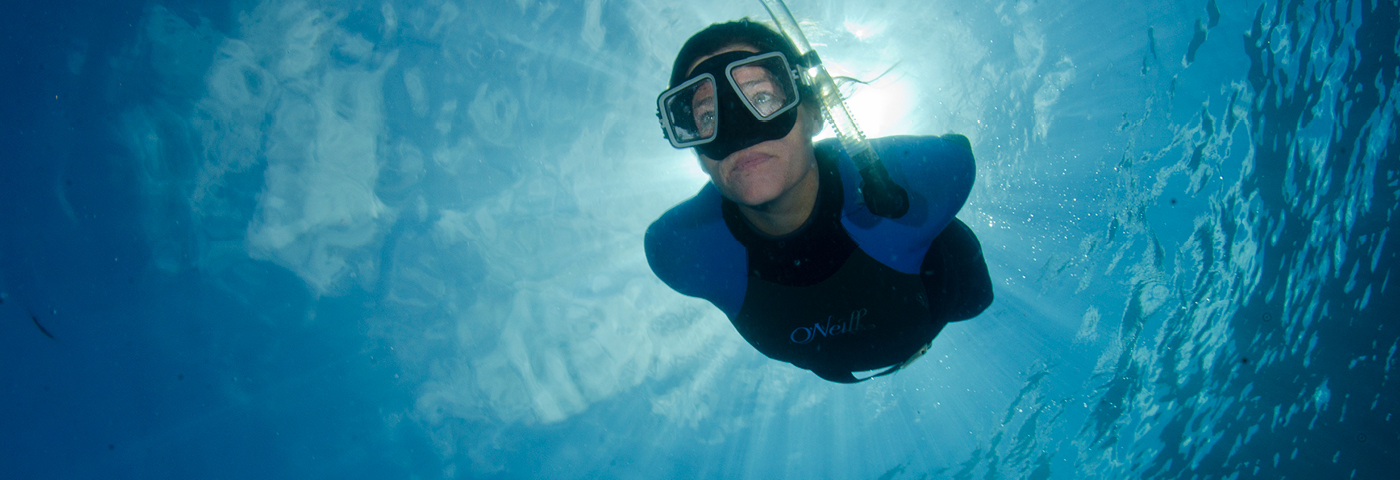
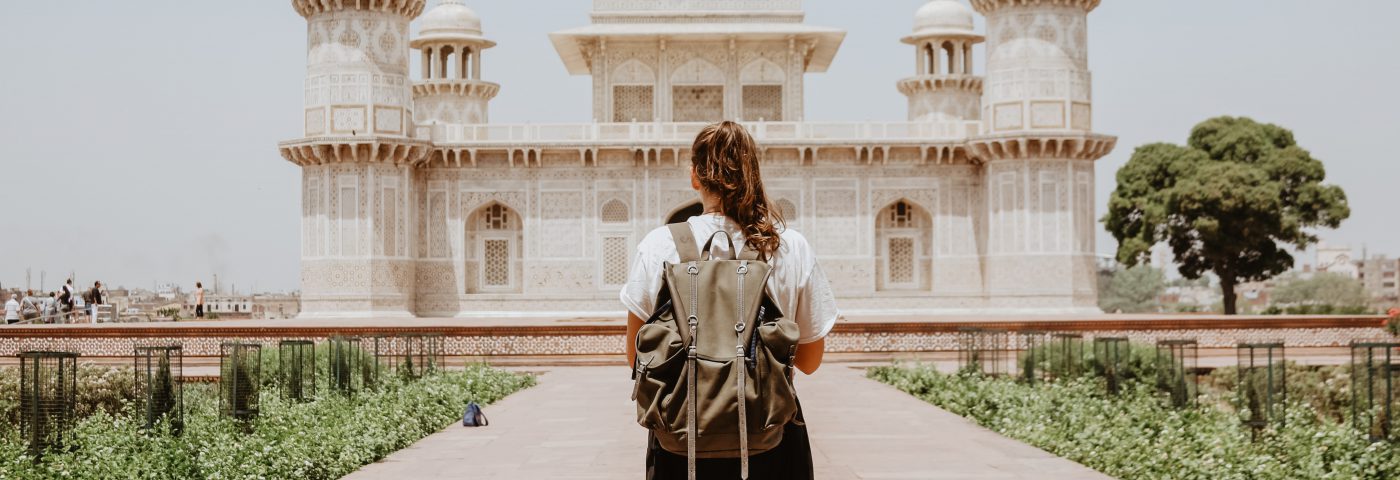
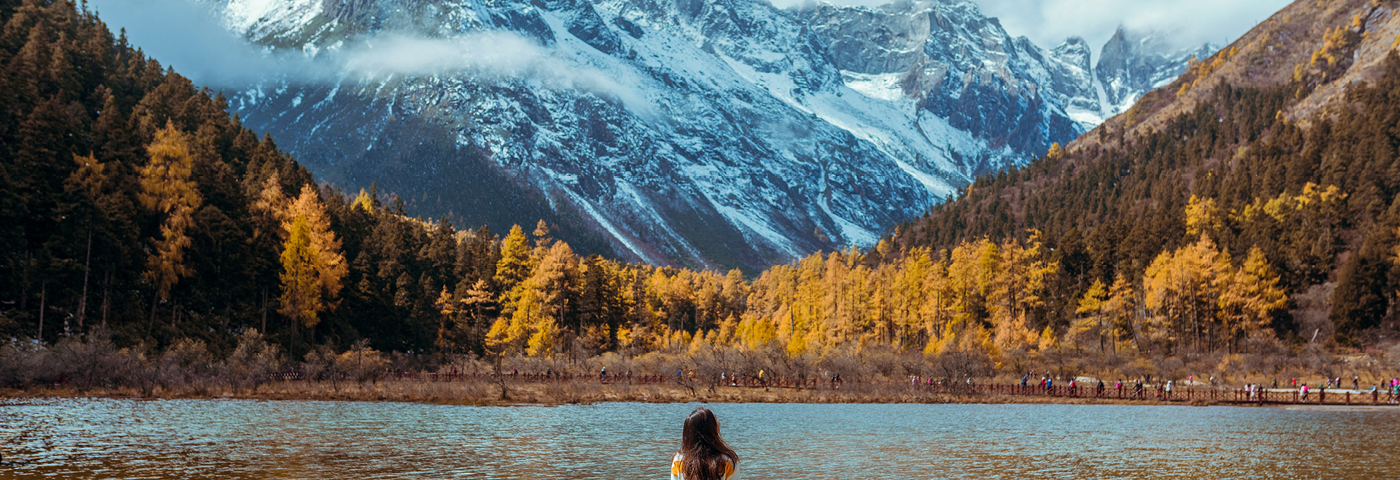

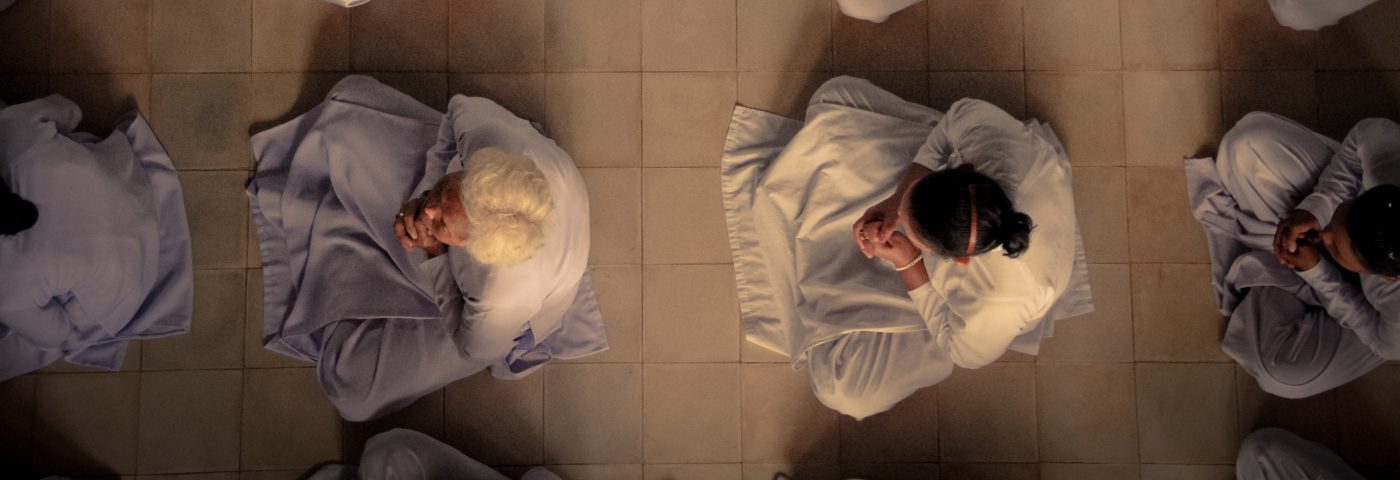

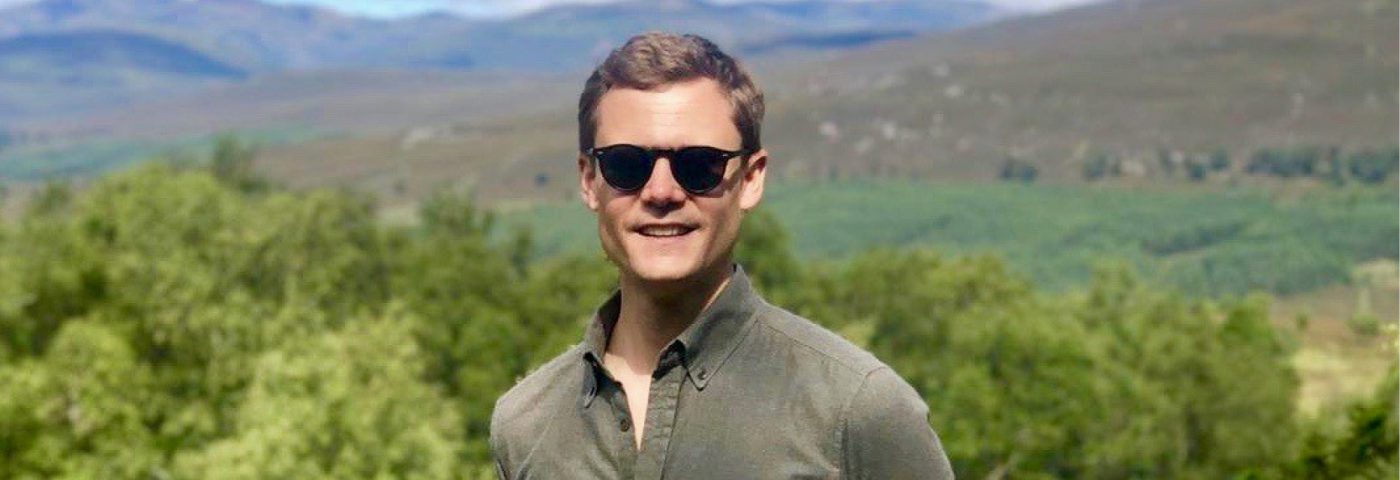
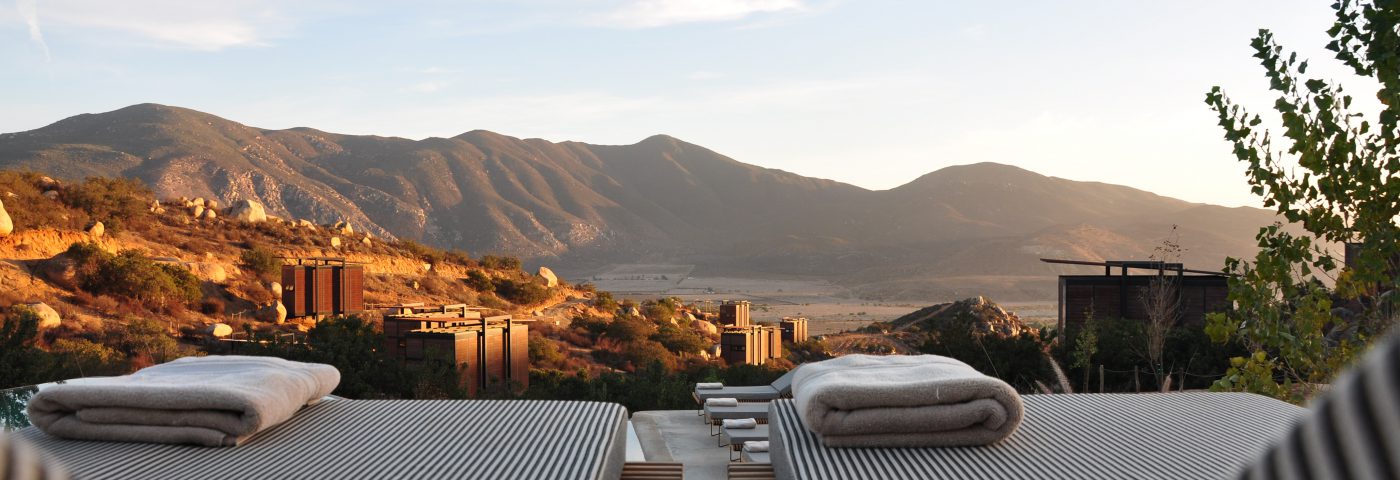
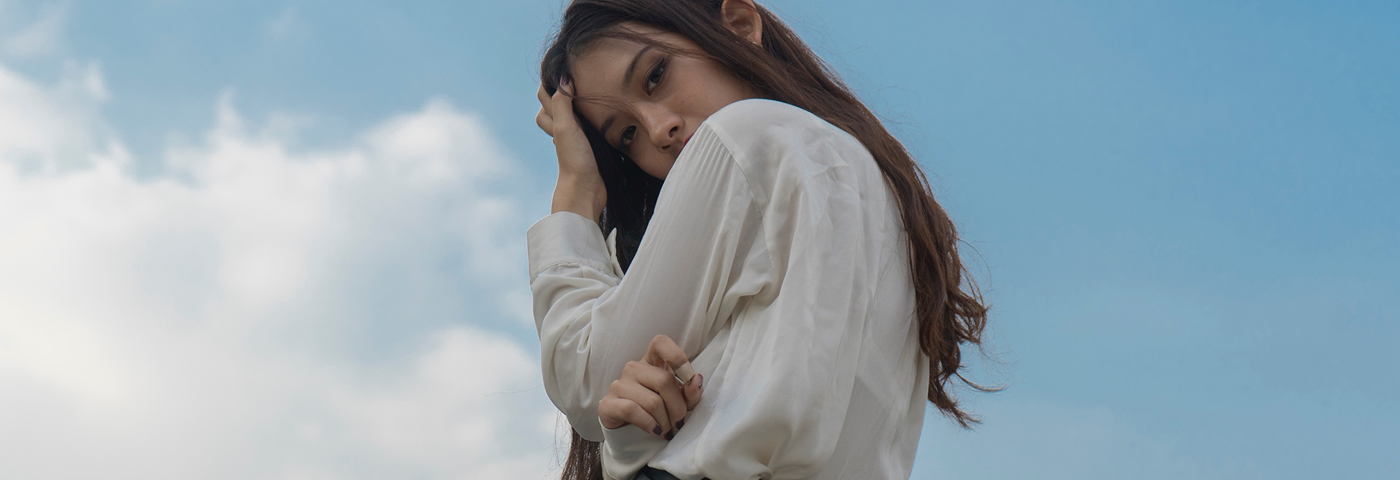
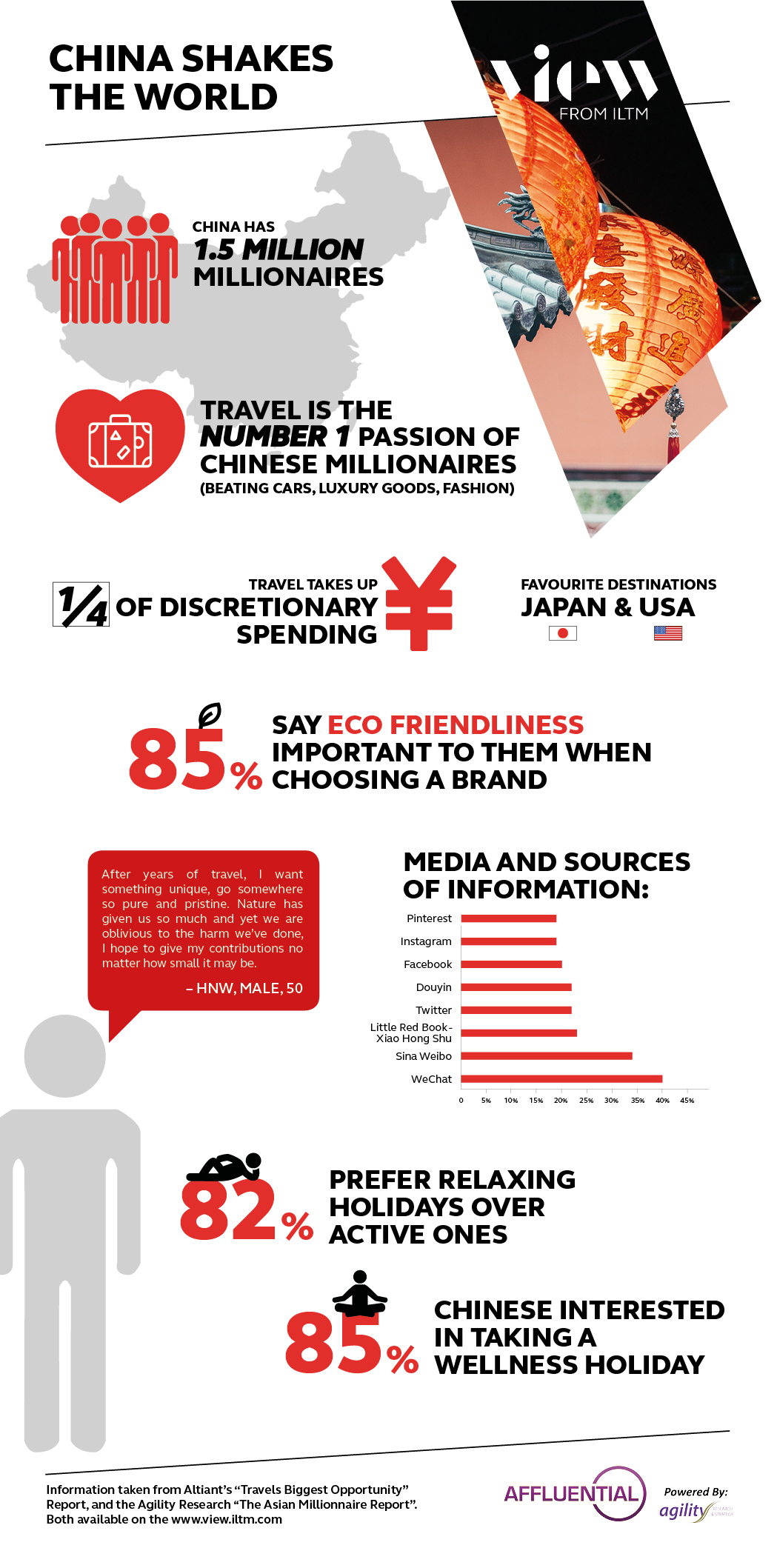
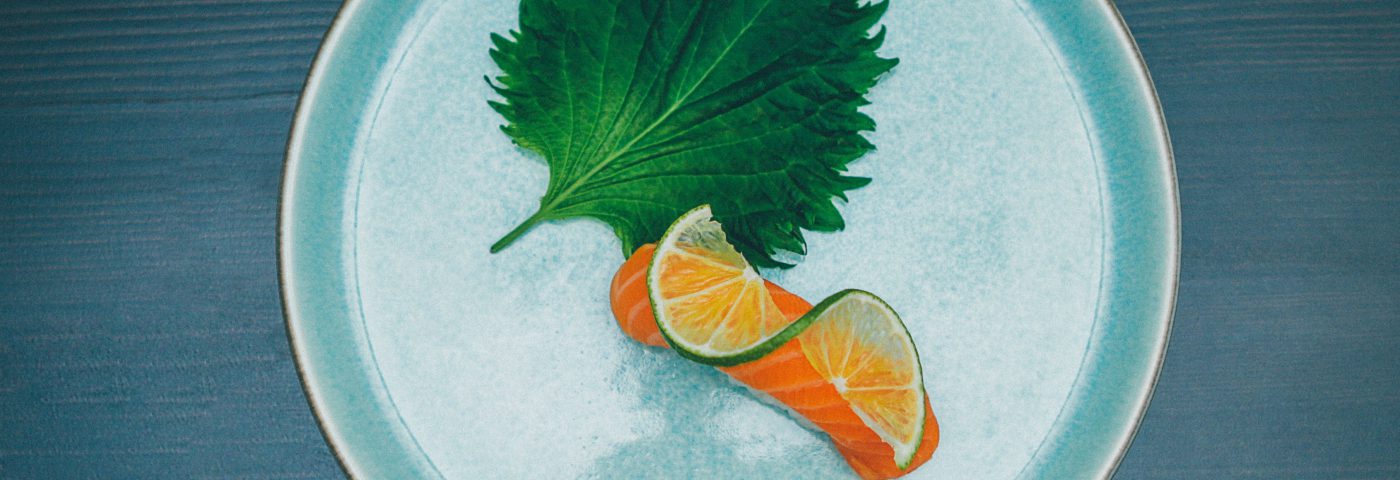
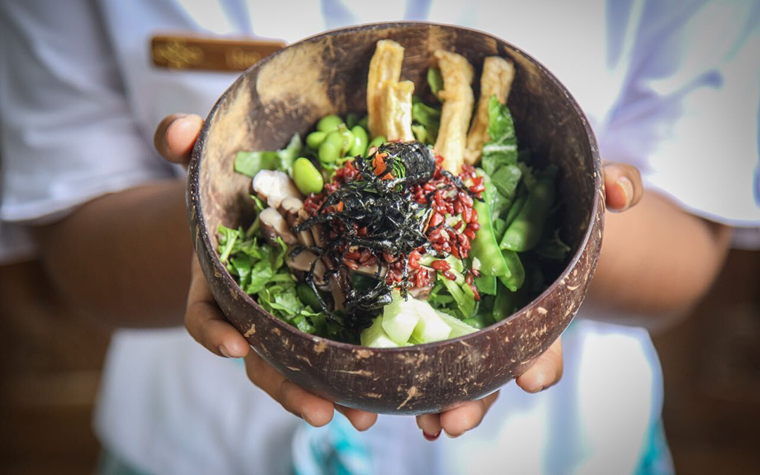 With the world of wellness talking down meat for both body and world health, it’s a trend well worth taking note of 39 percent of urban Indonesians and 34 percent of urban Thais increased consumption of non-animal protein compared to the year before and 24 percent of urban Indonesians plan to follow a plant-based diet this year.1
With the world of wellness talking down meat for both body and world health, it’s a trend well worth taking note of 39 percent of urban Indonesians and 34 percent of urban Thais increased consumption of non-animal protein compared to the year before and 24 percent of urban Indonesians plan to follow a plant-based diet this year.1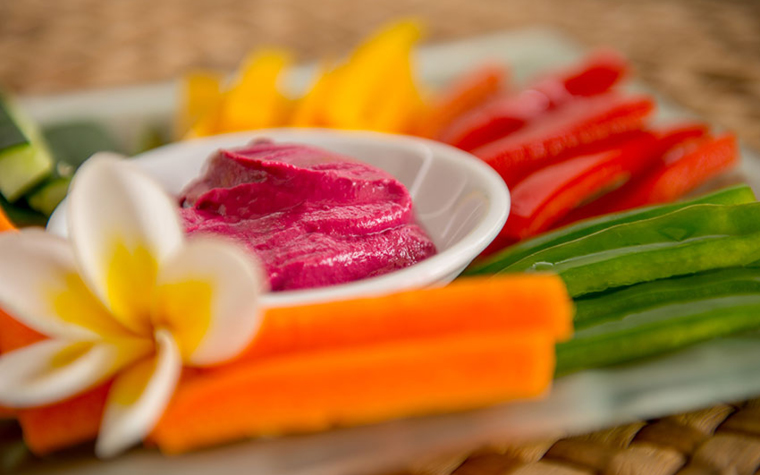
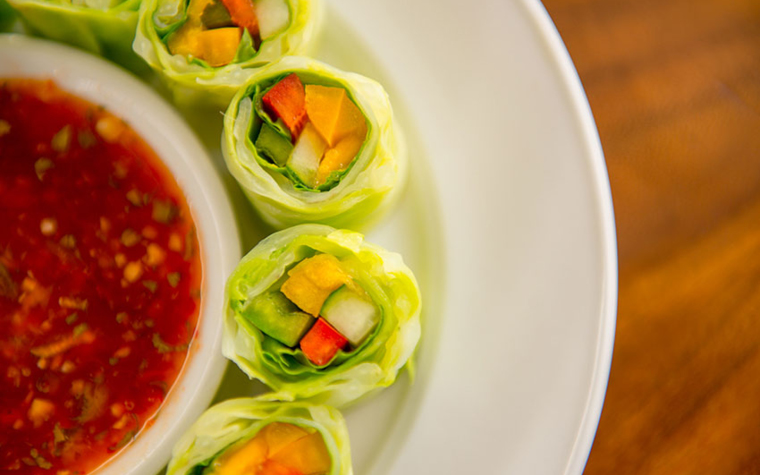
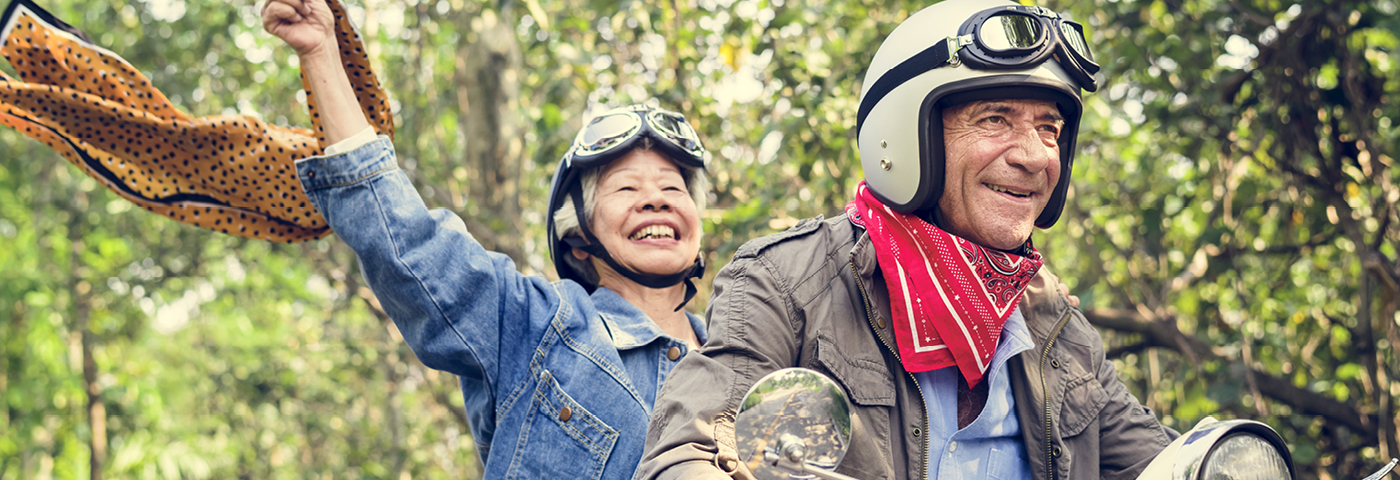

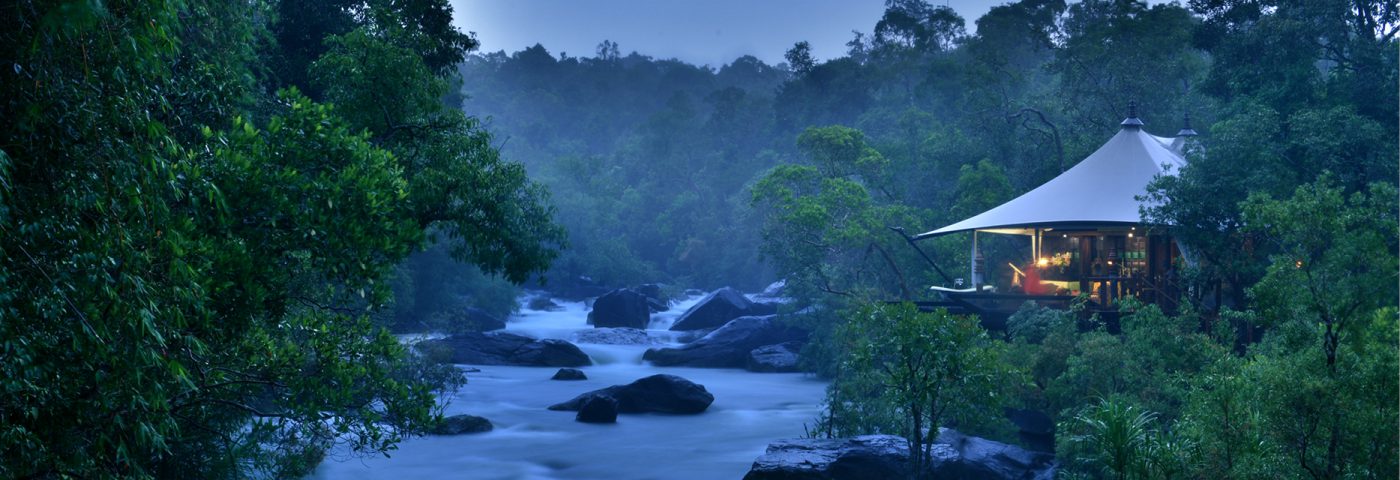
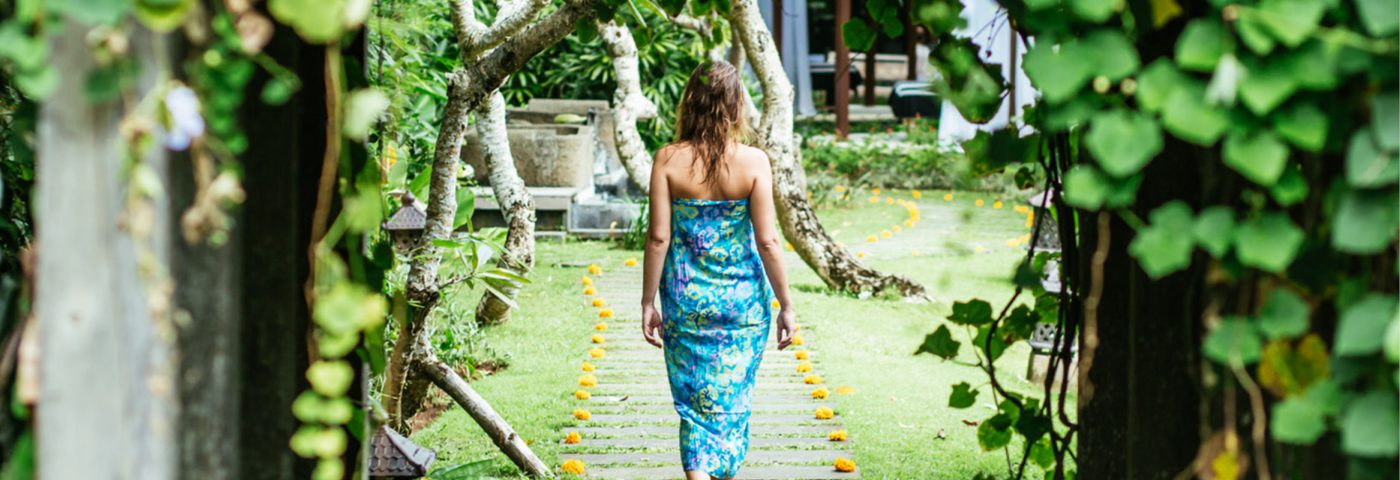

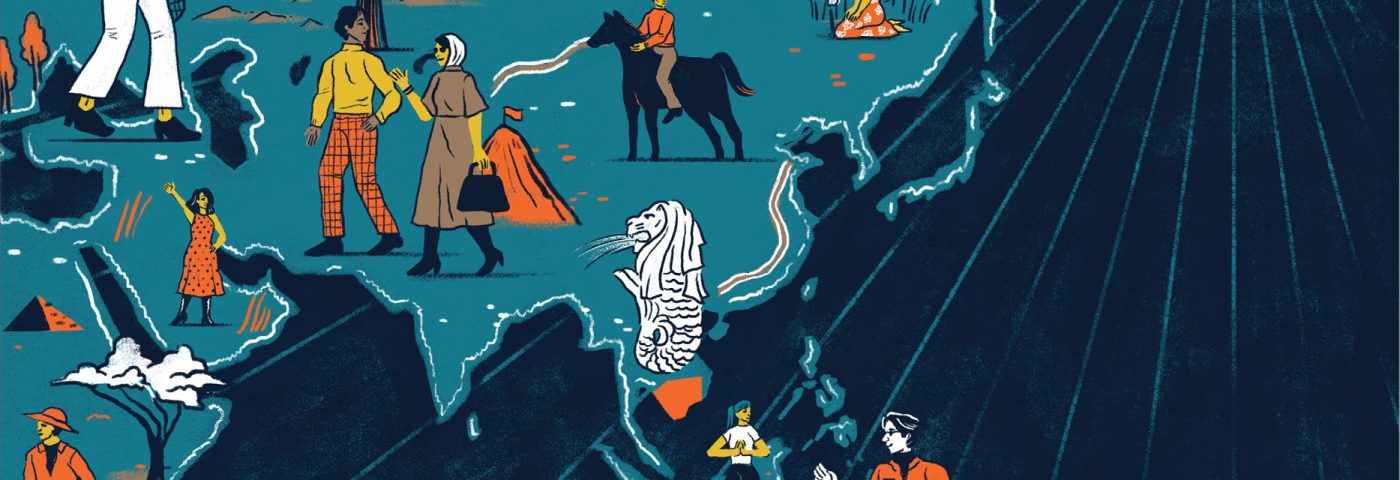
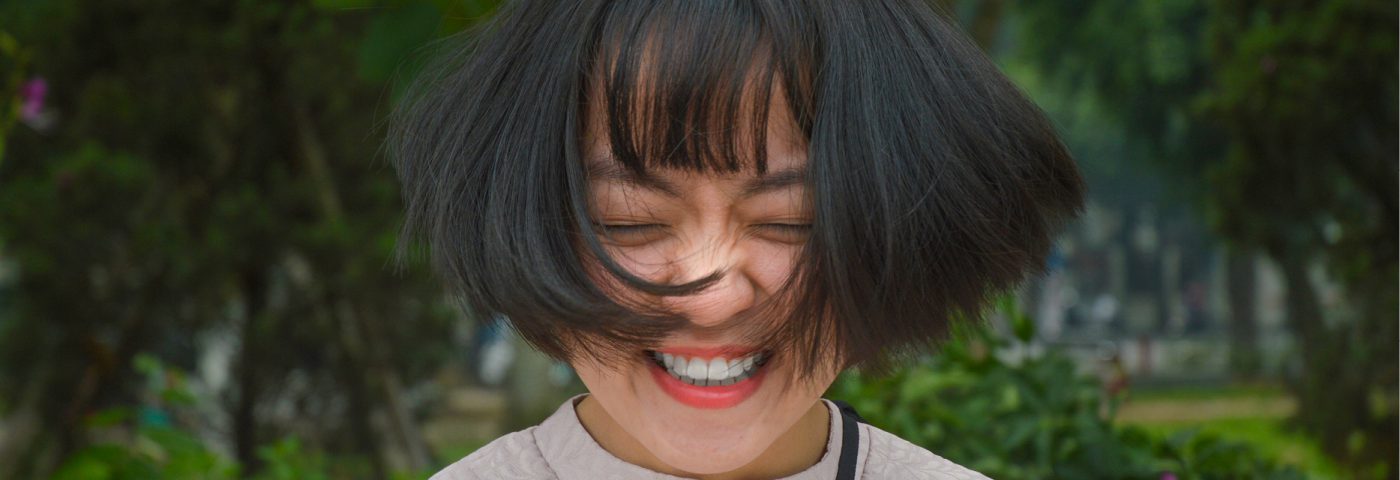
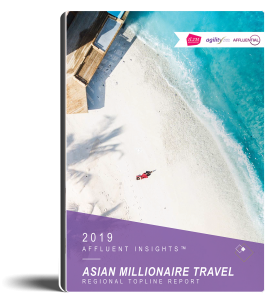
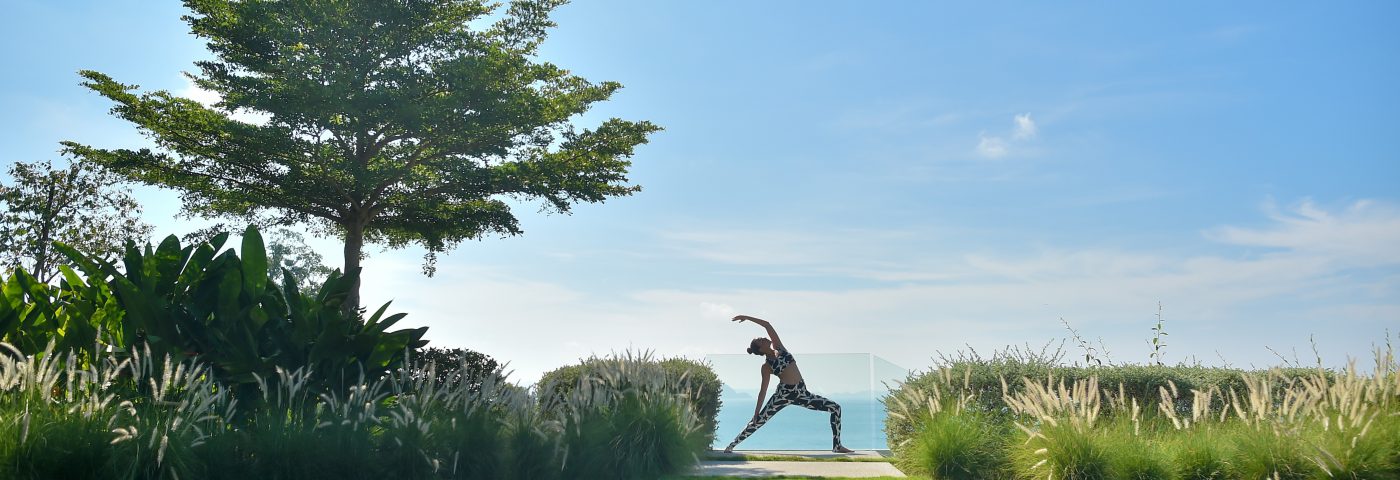
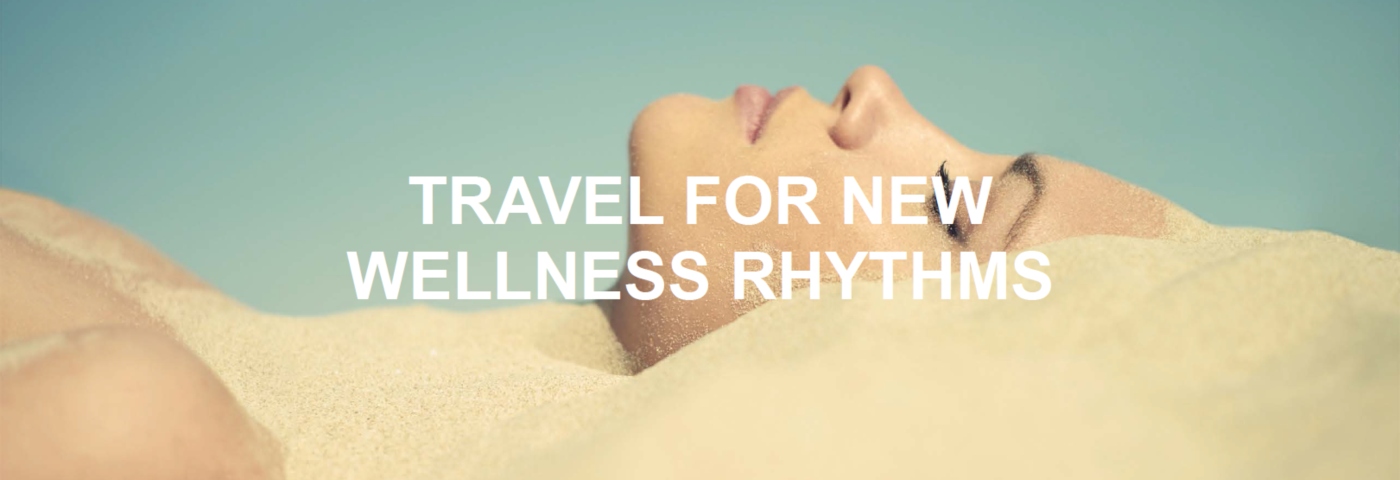


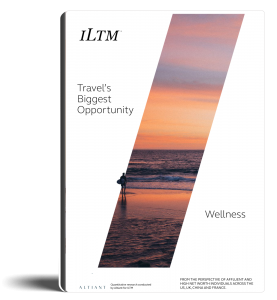
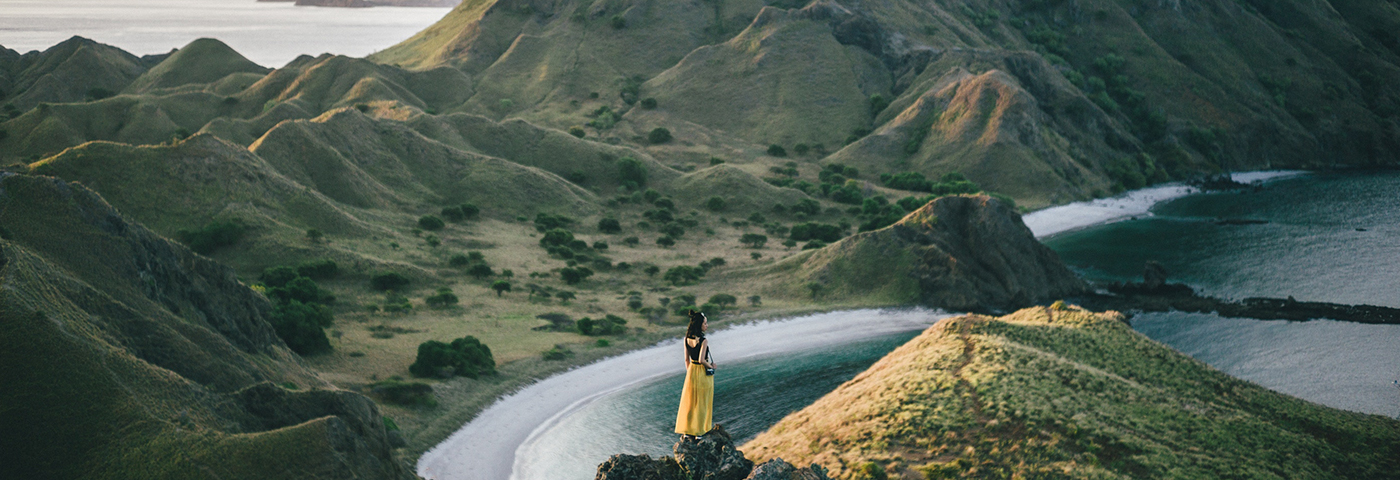
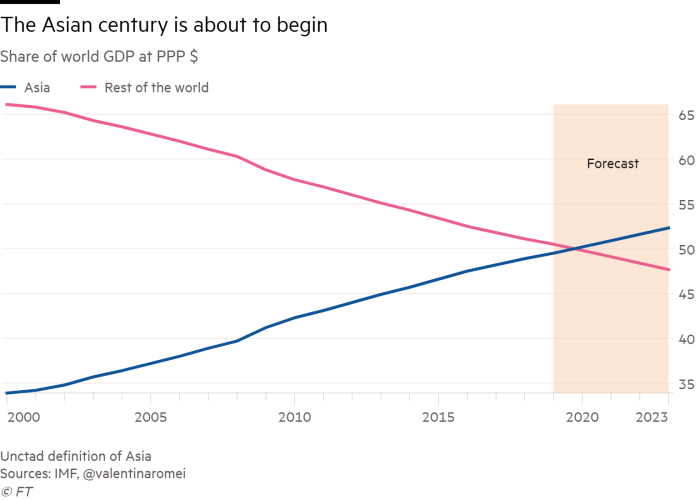
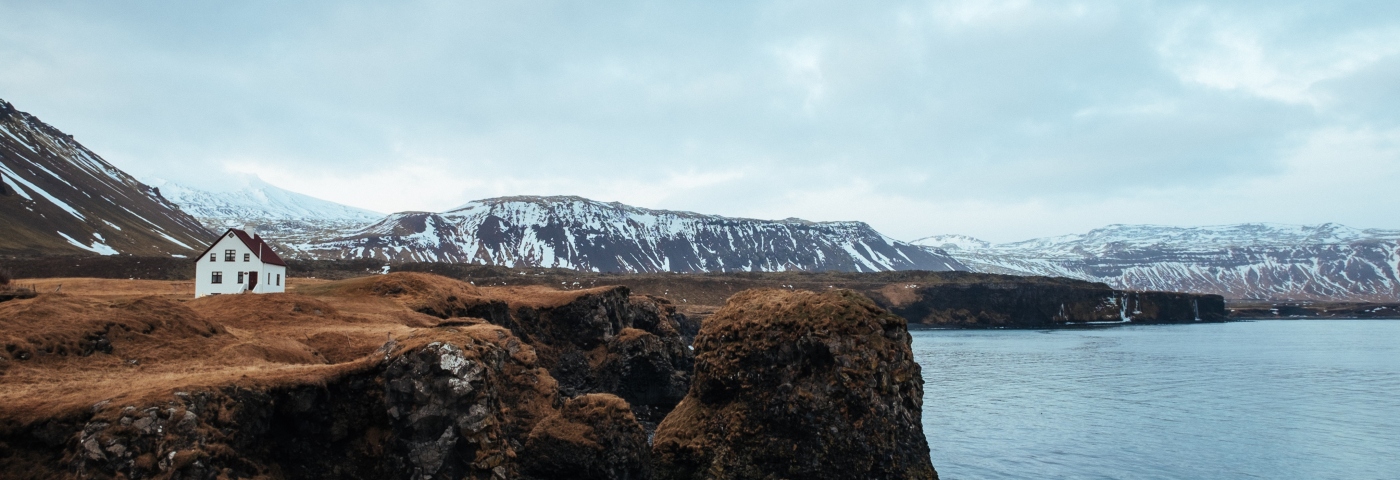
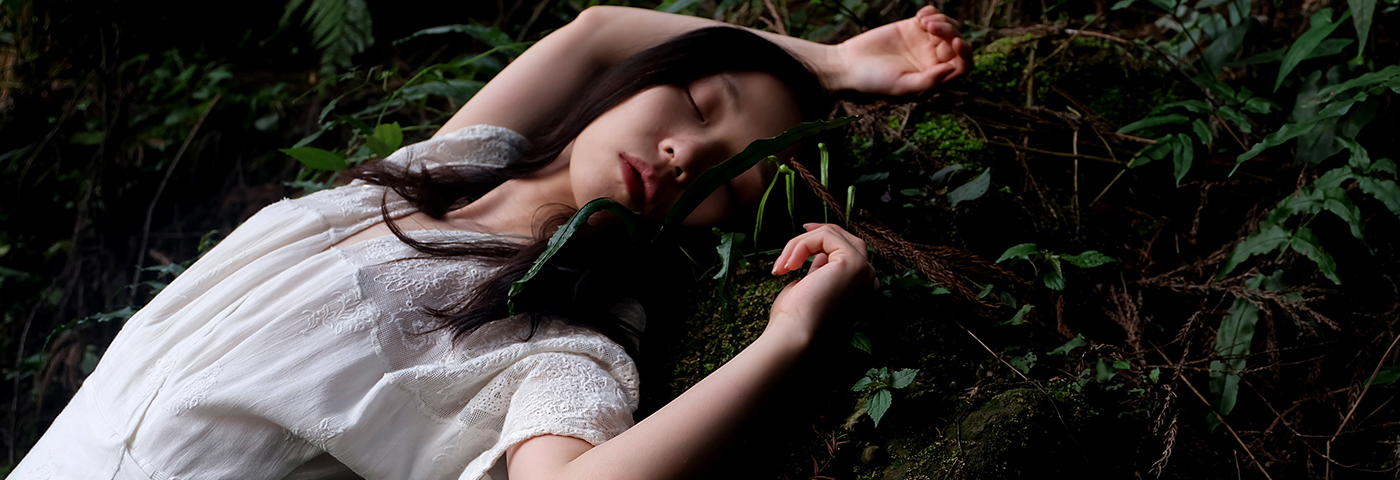

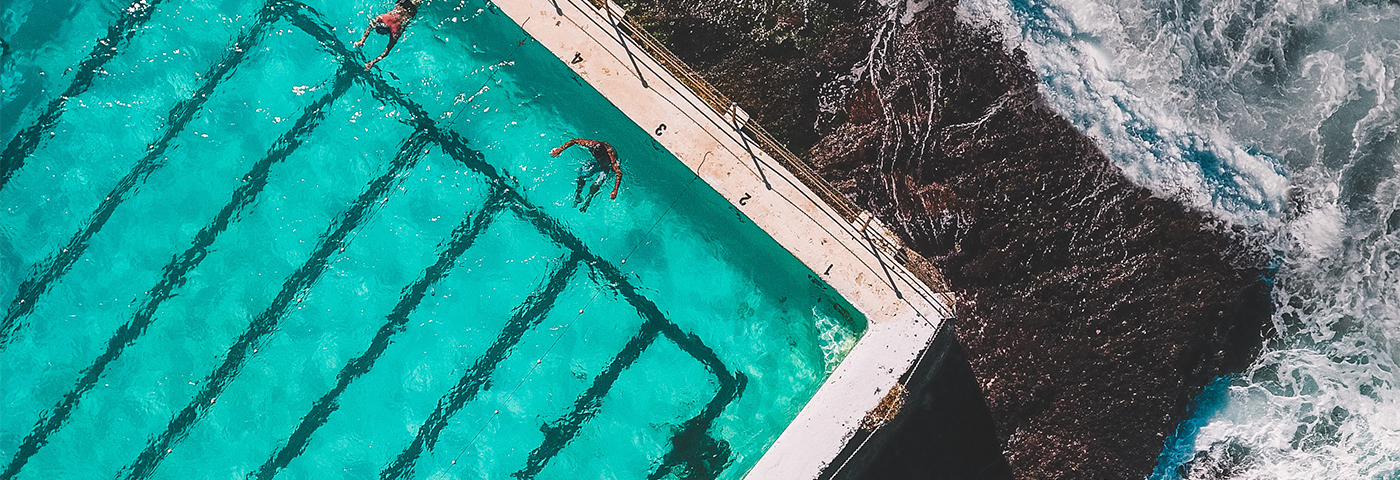
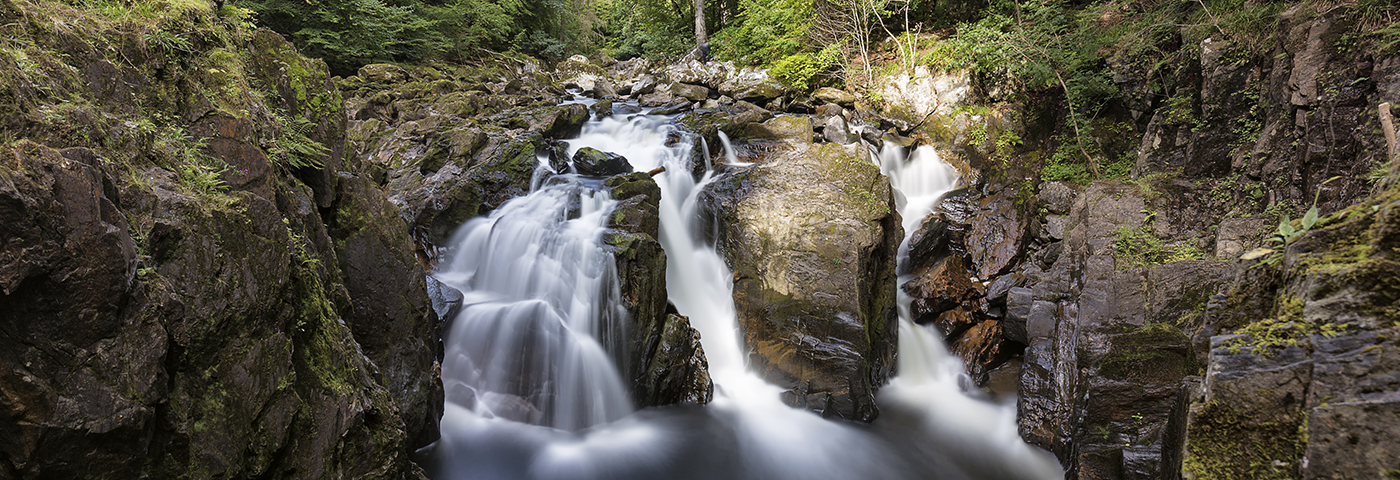
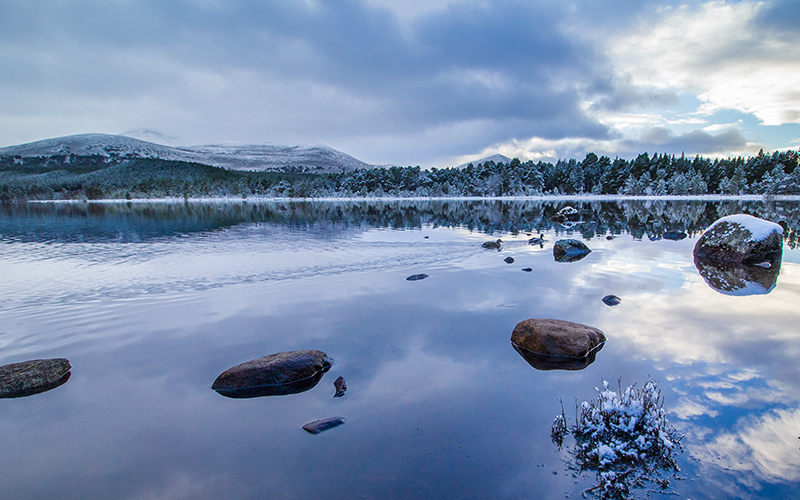
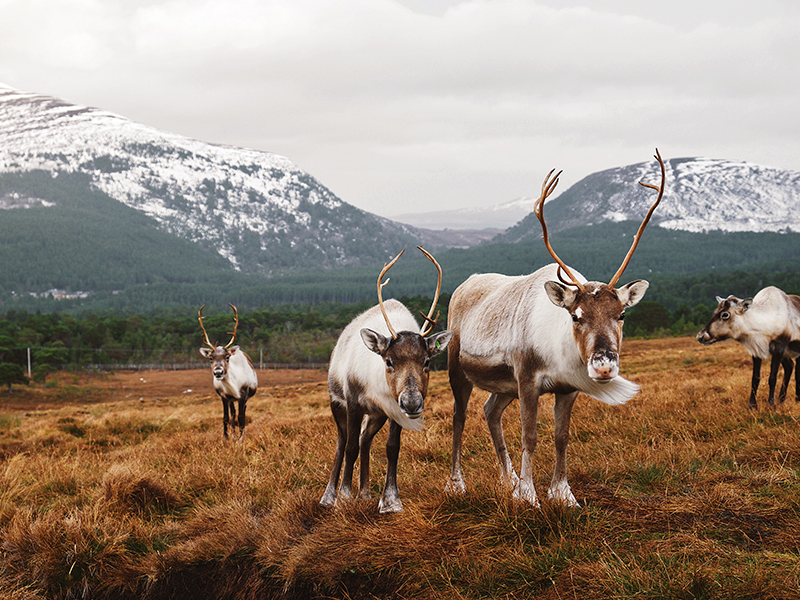
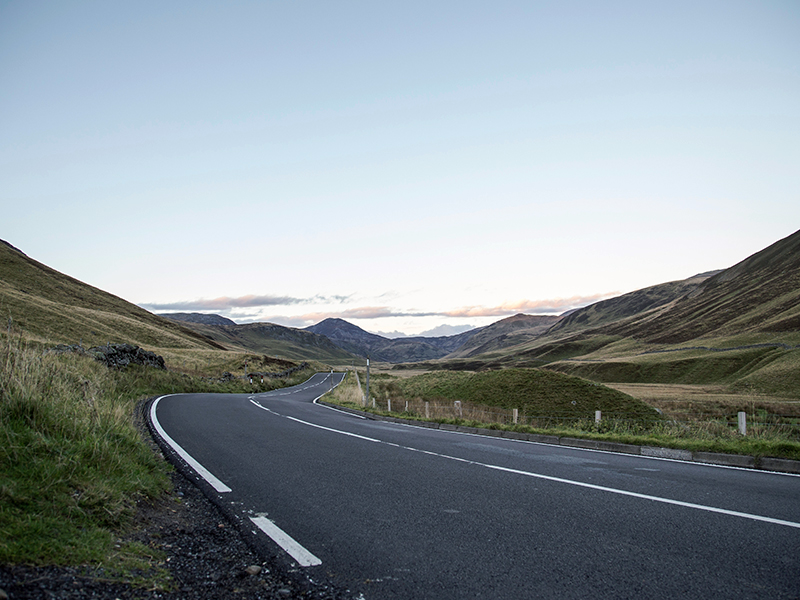
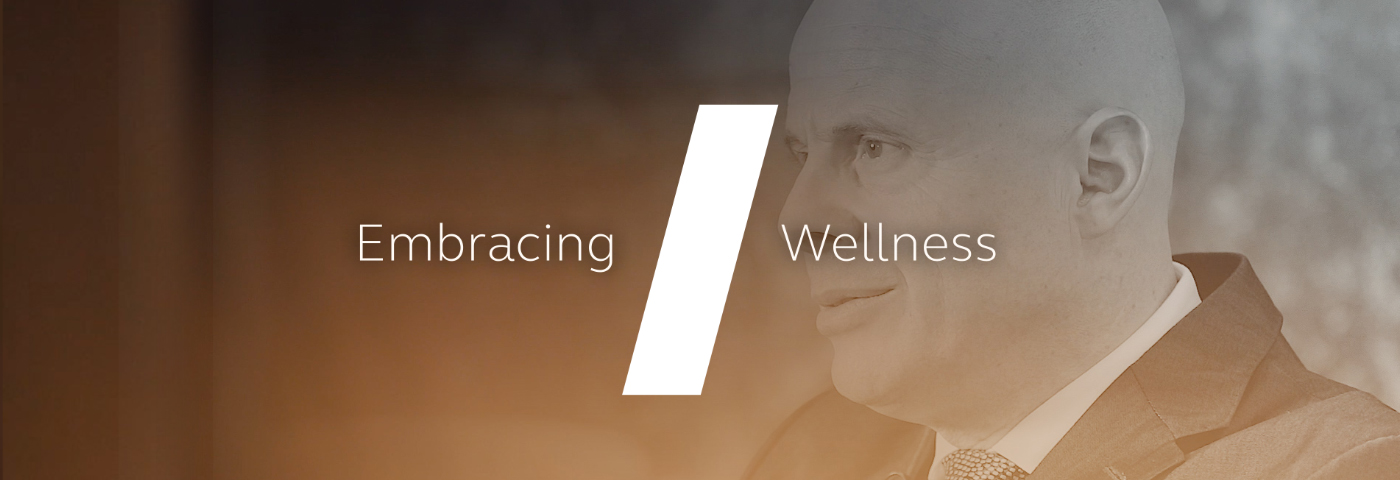


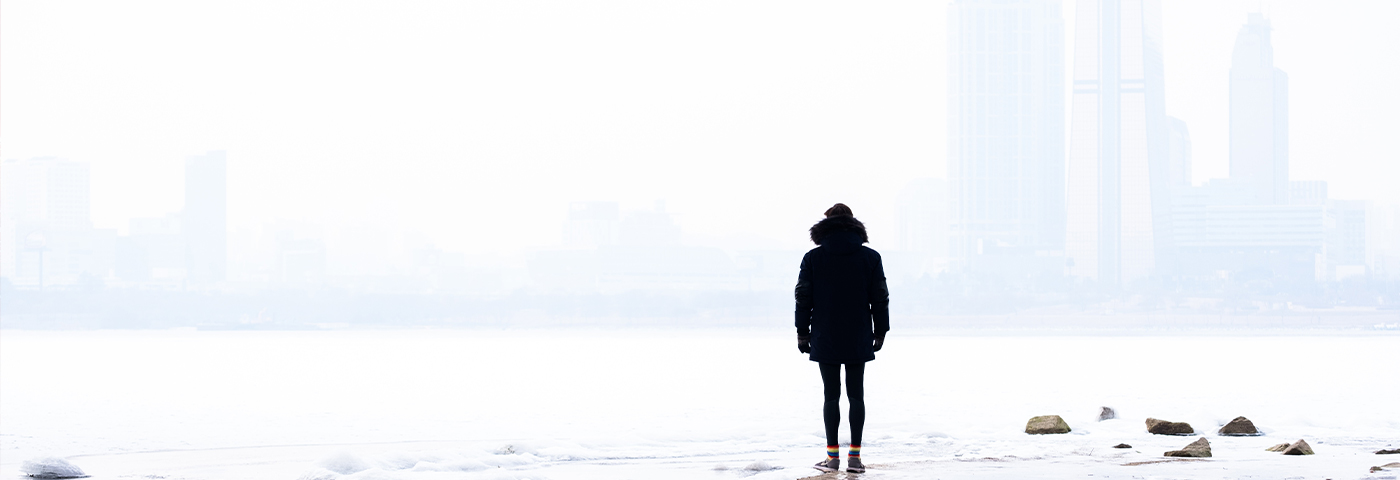
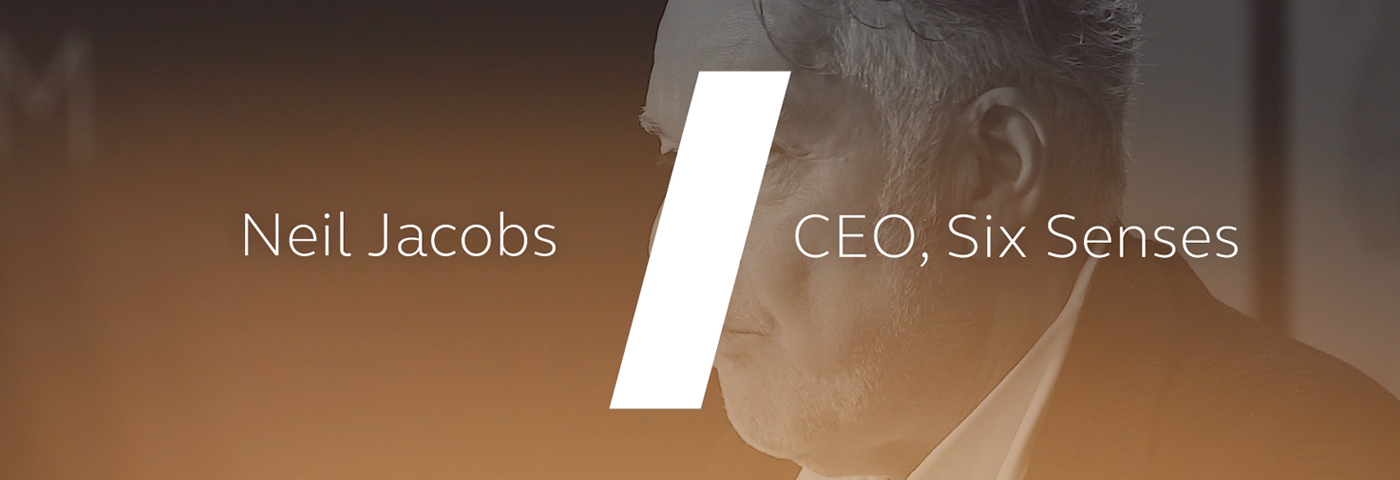
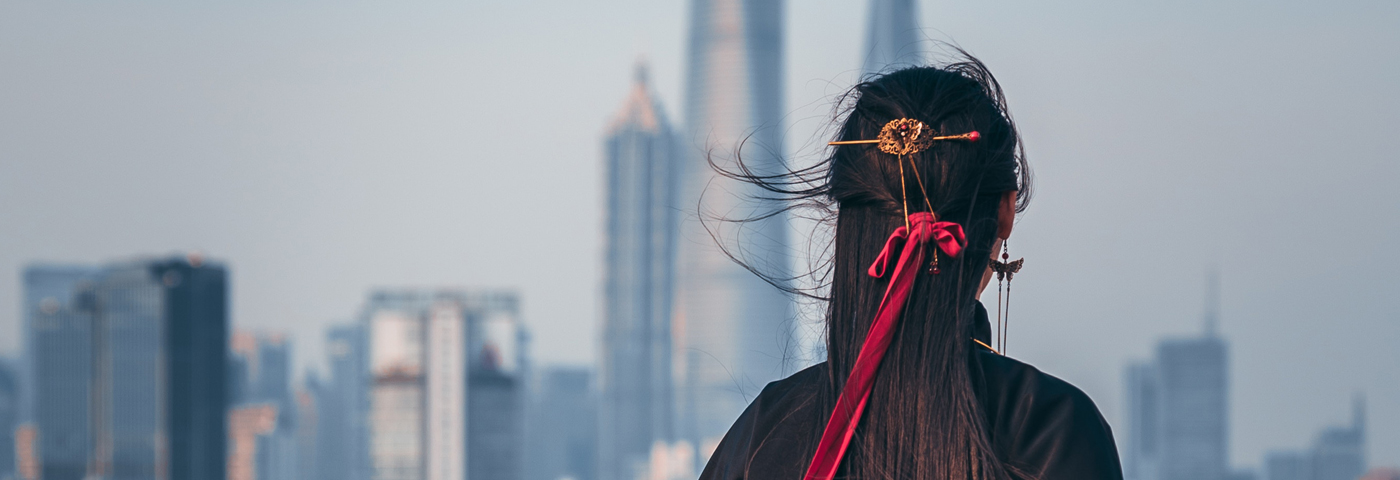
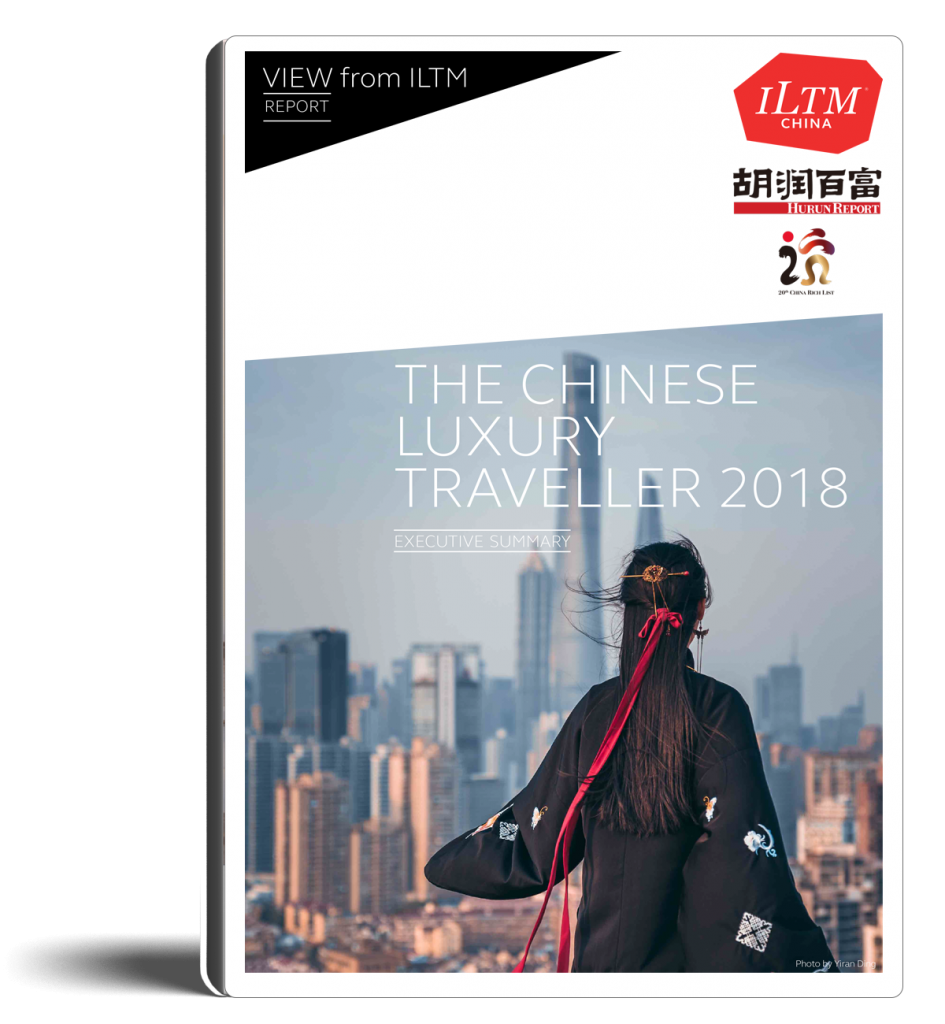
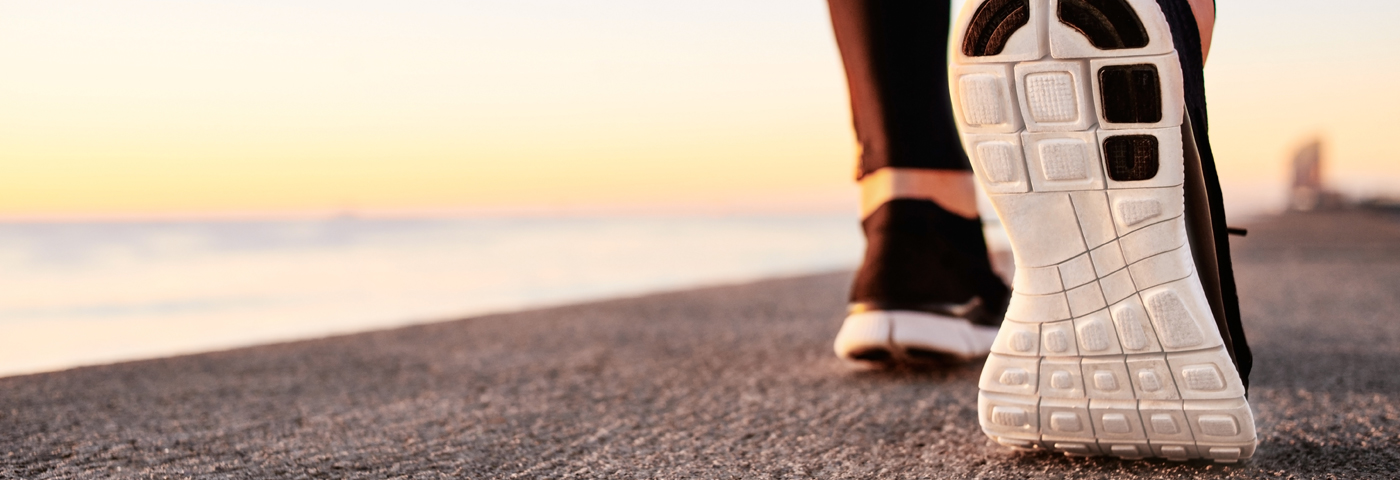
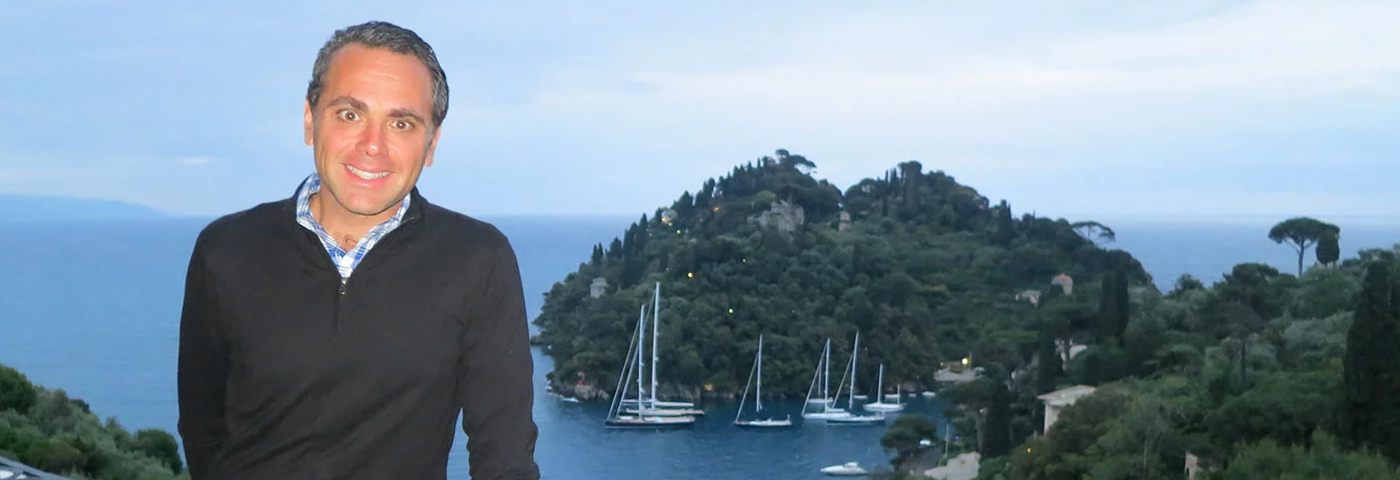
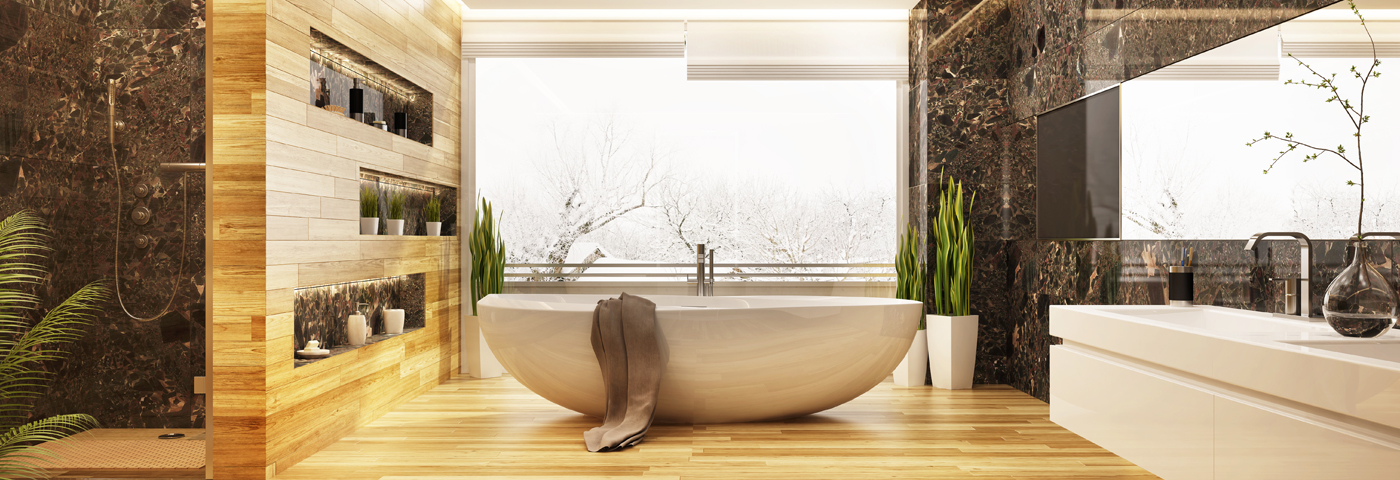

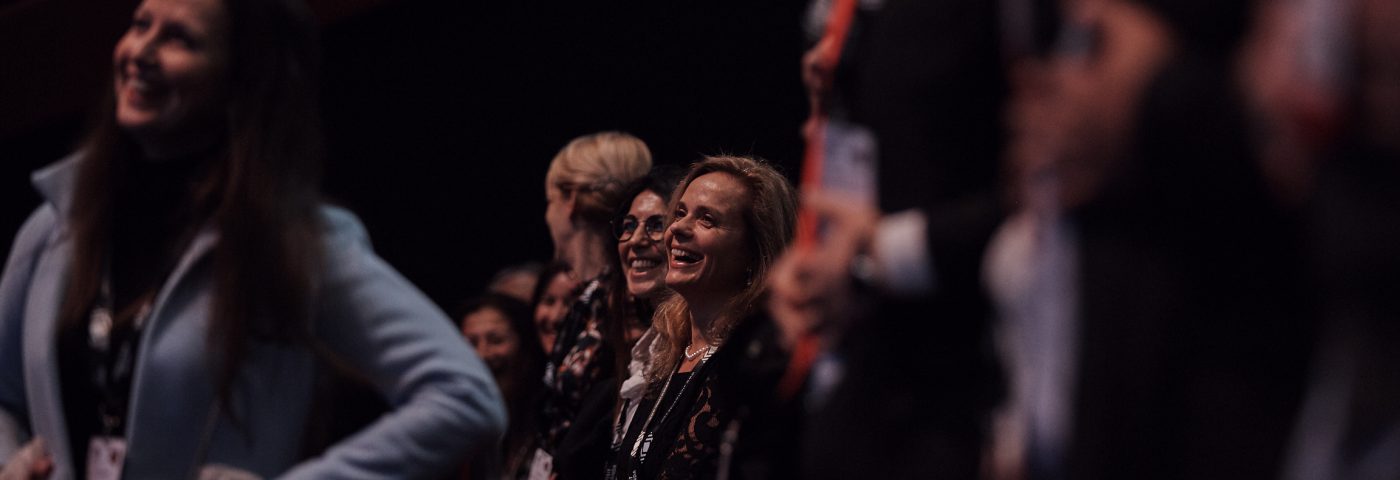
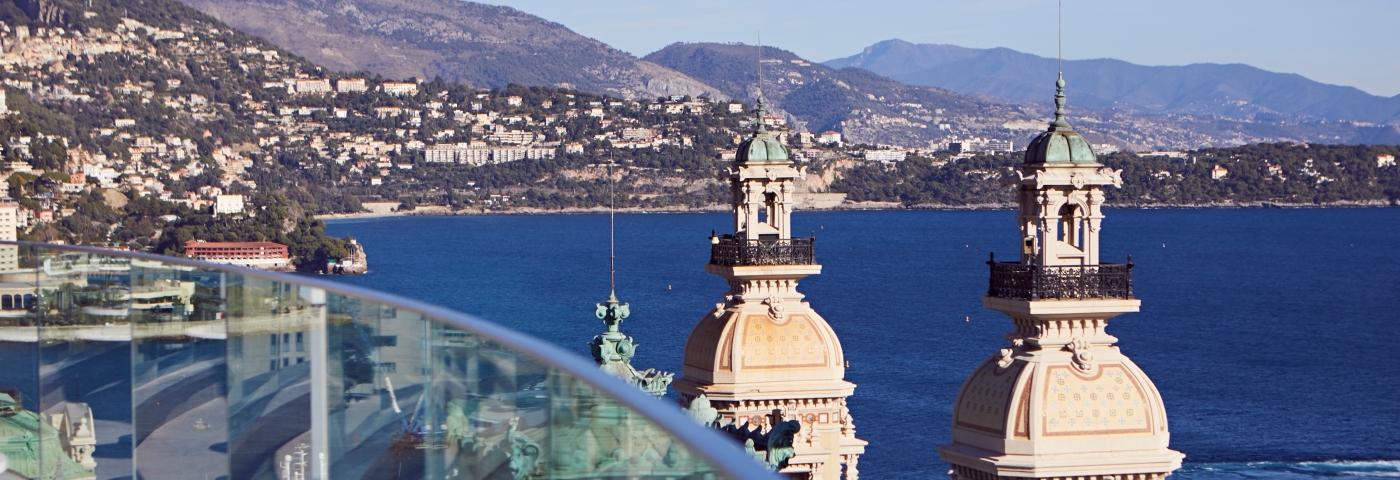
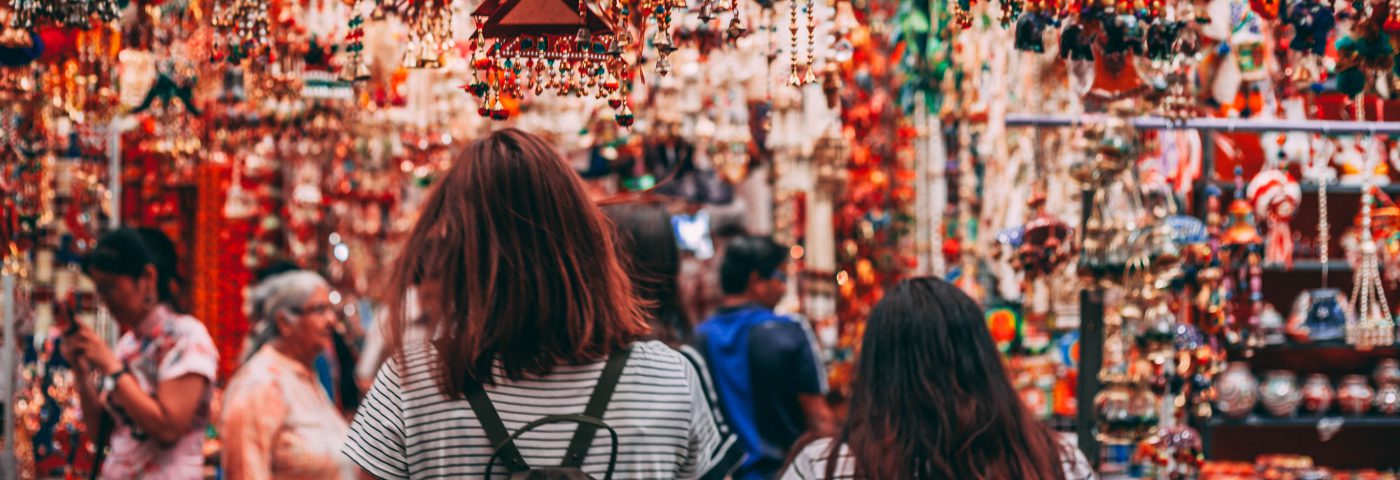
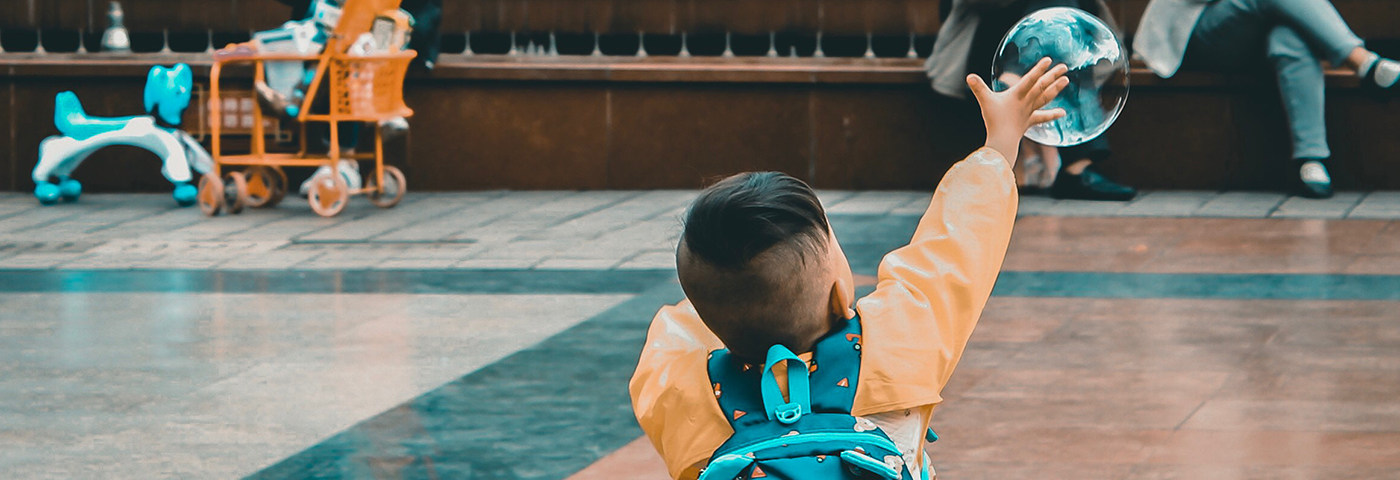
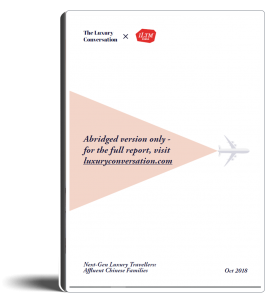
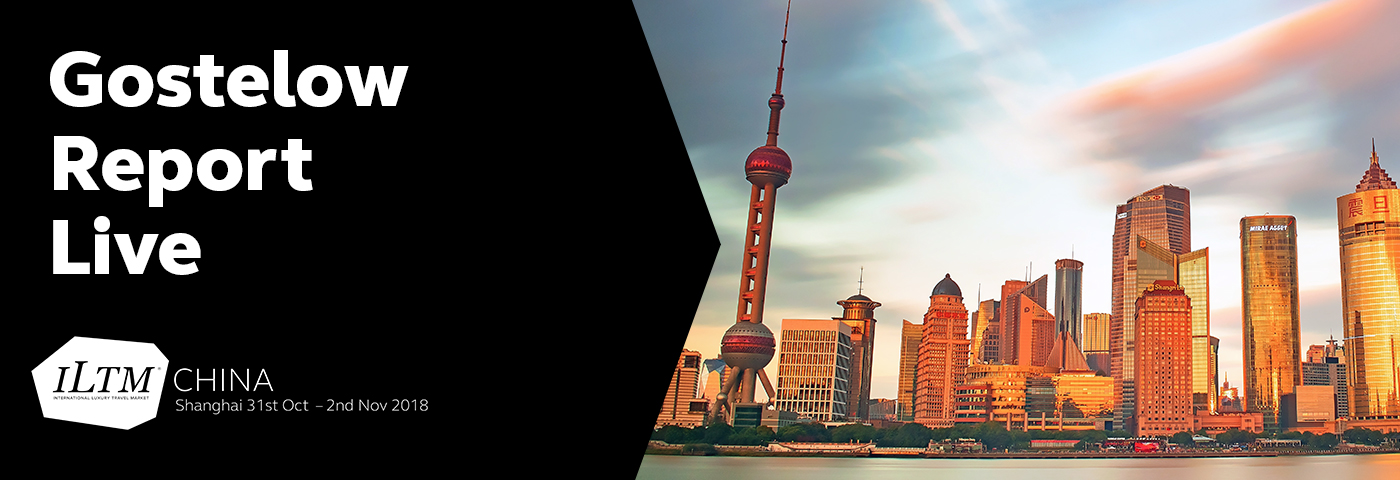
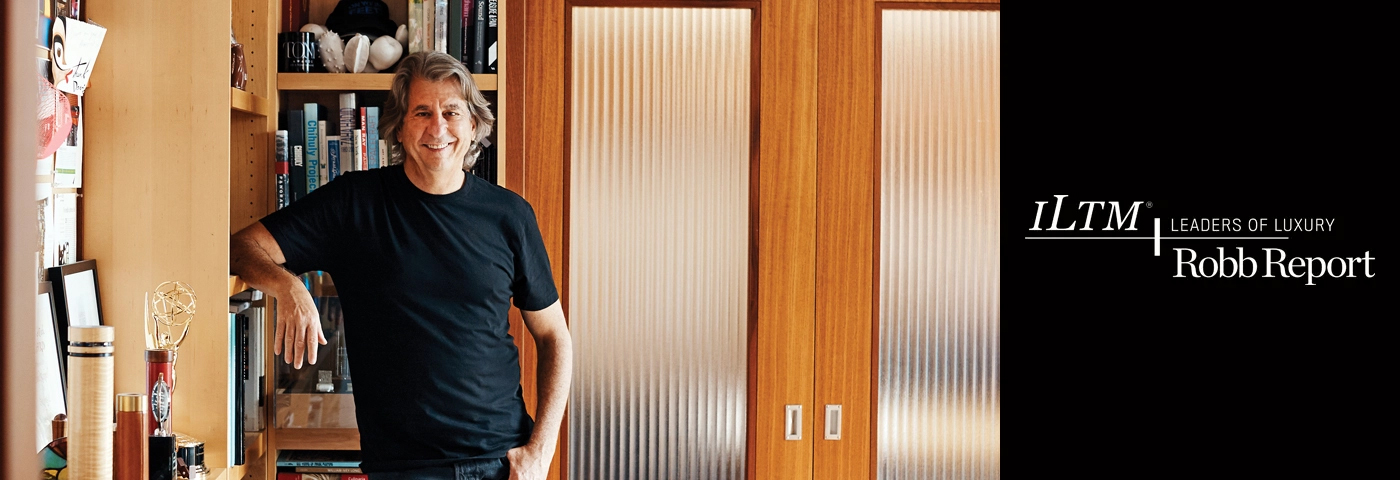
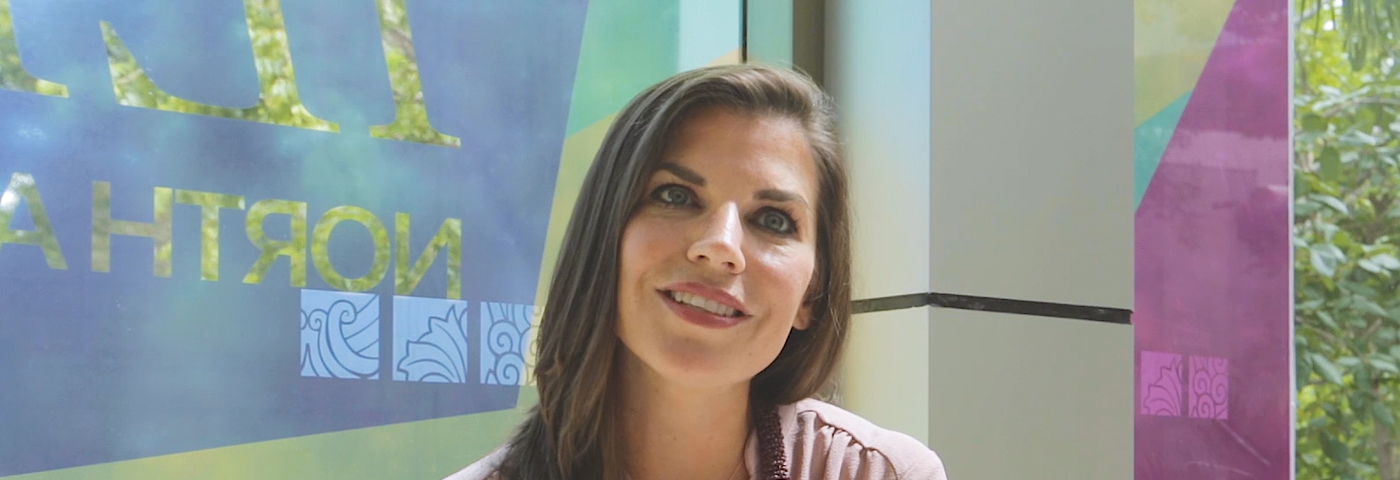
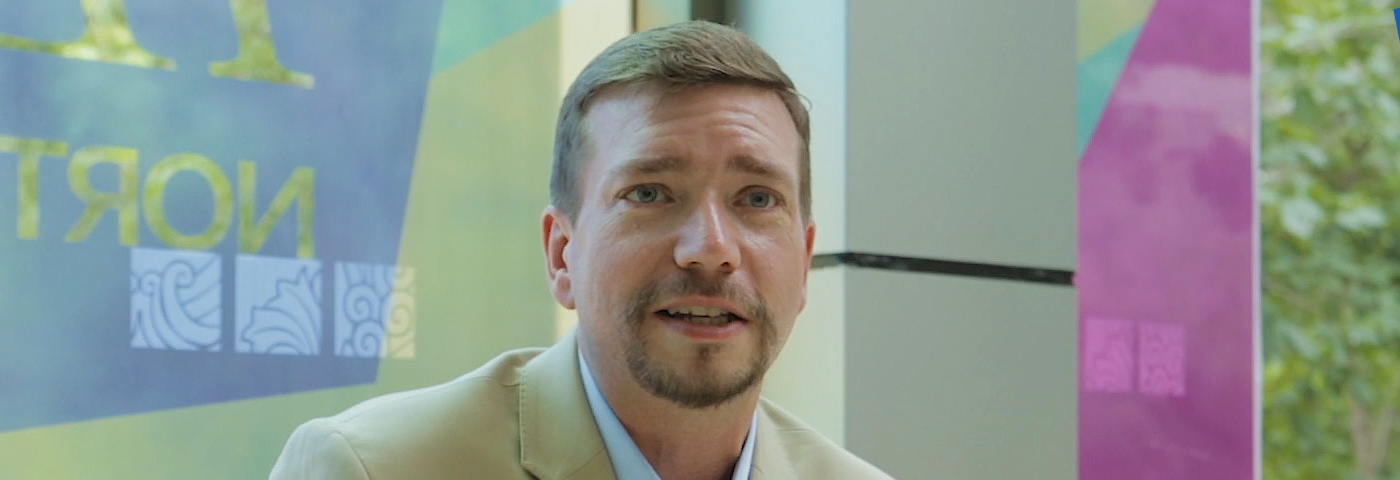
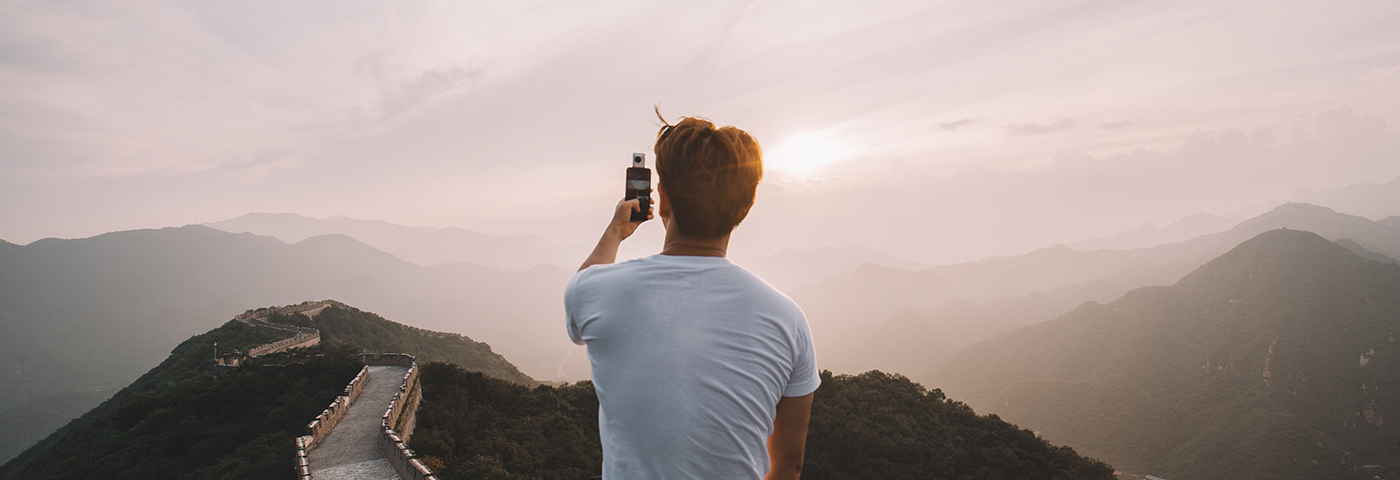
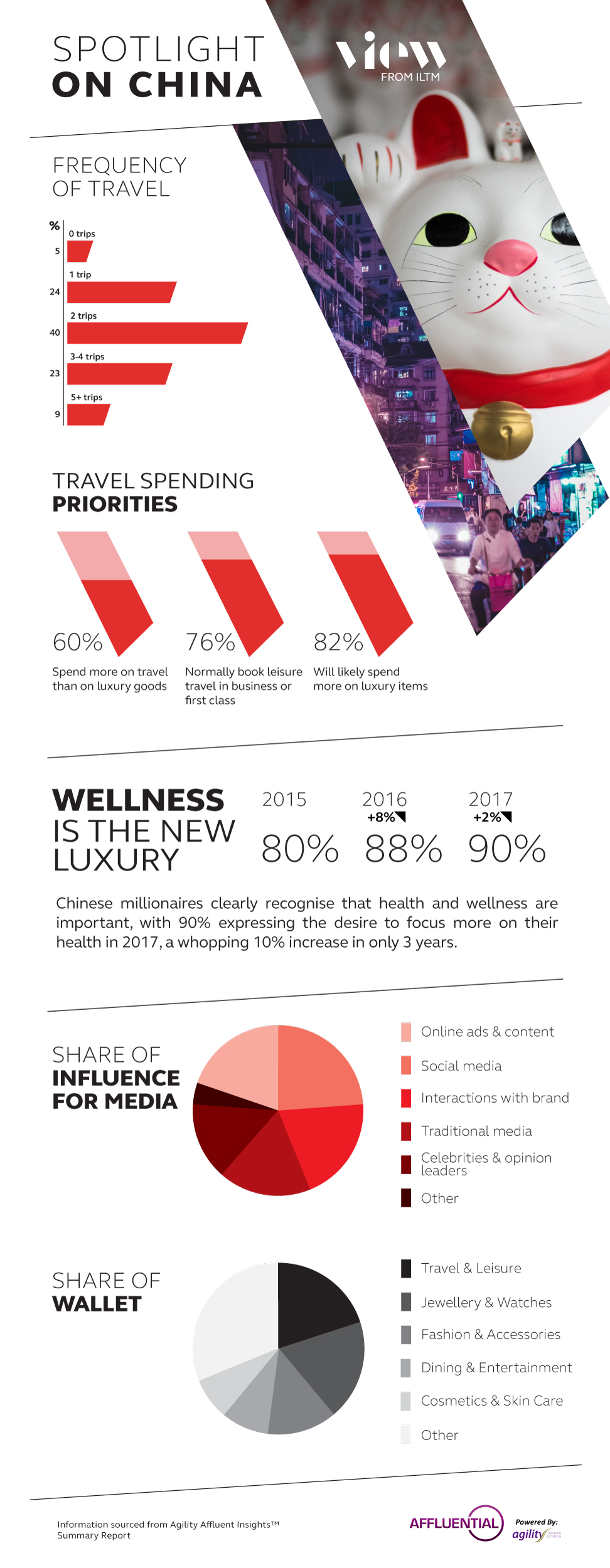
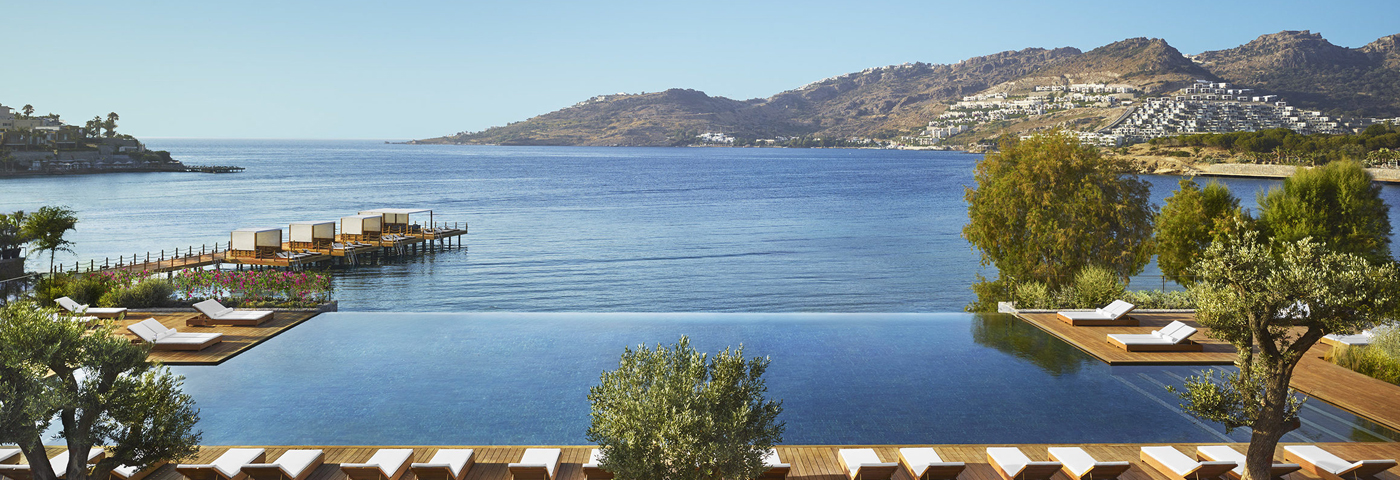
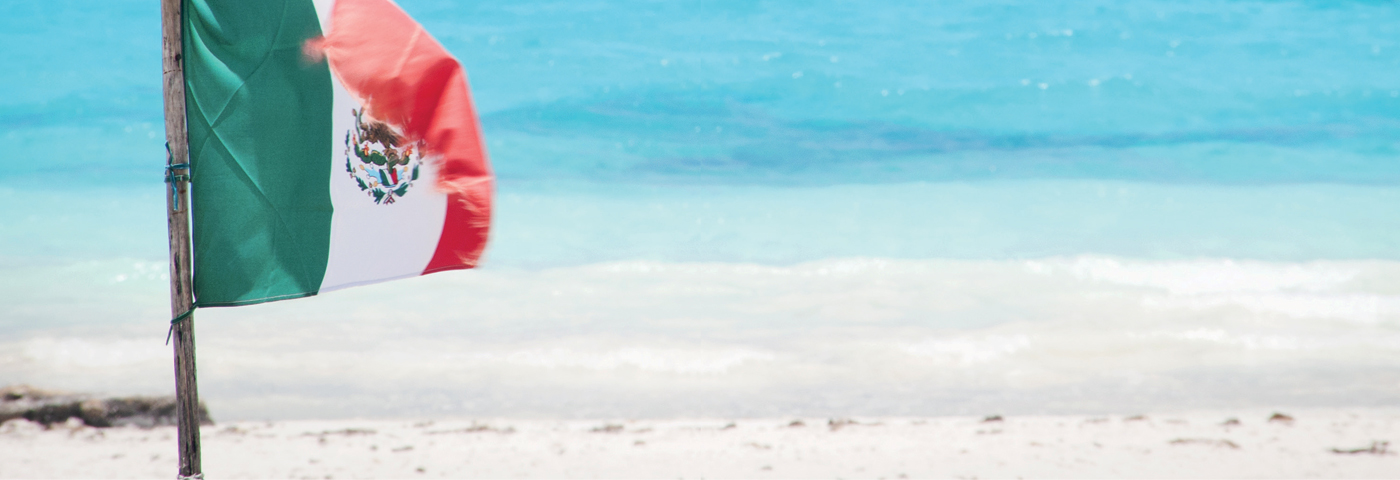
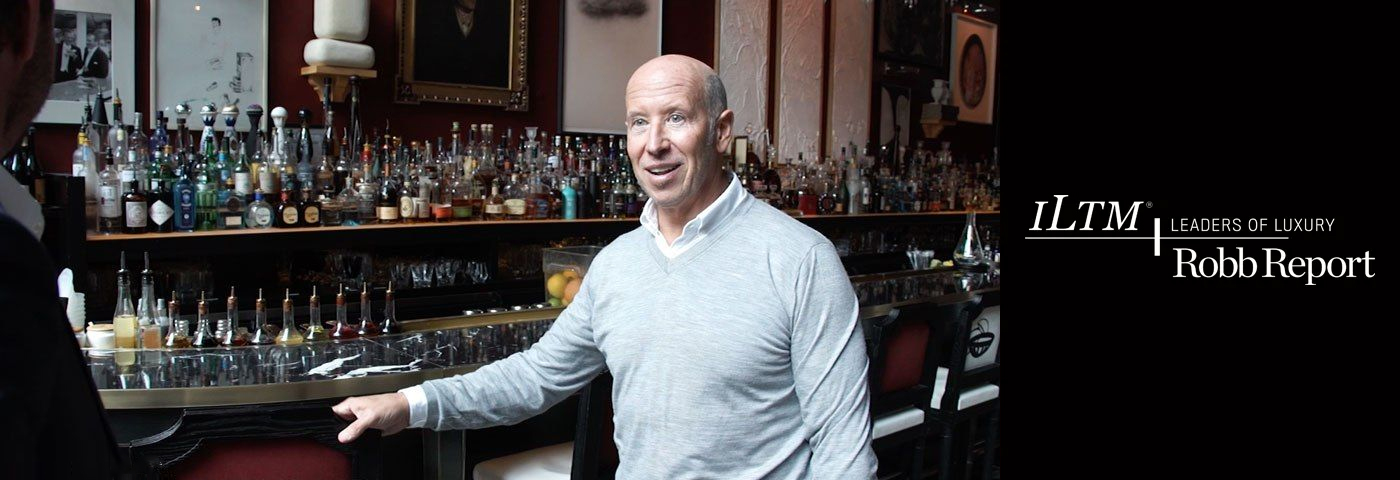
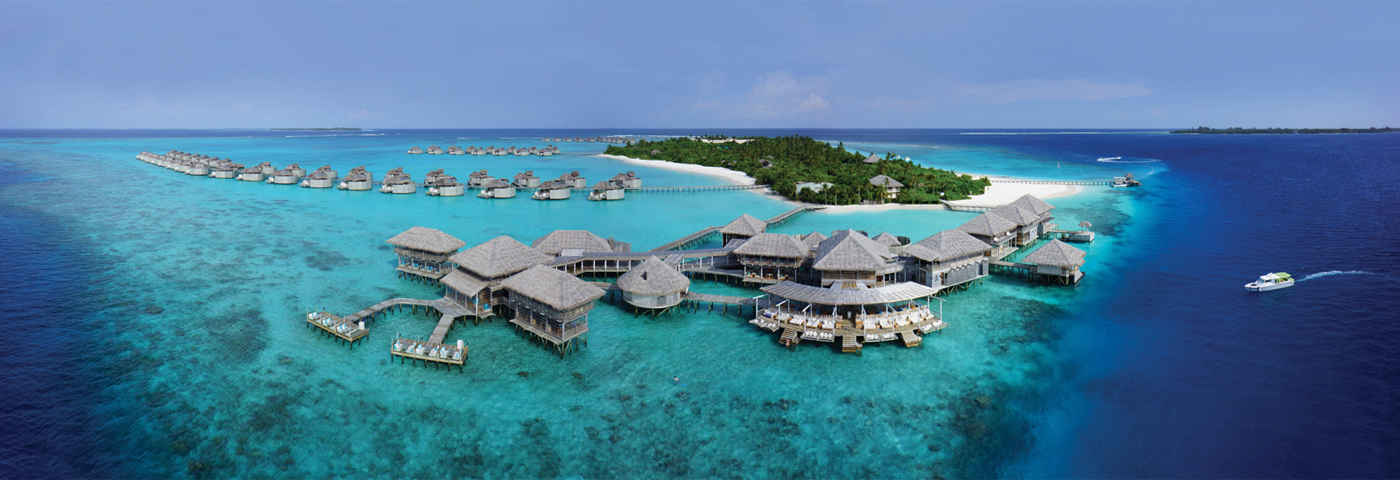
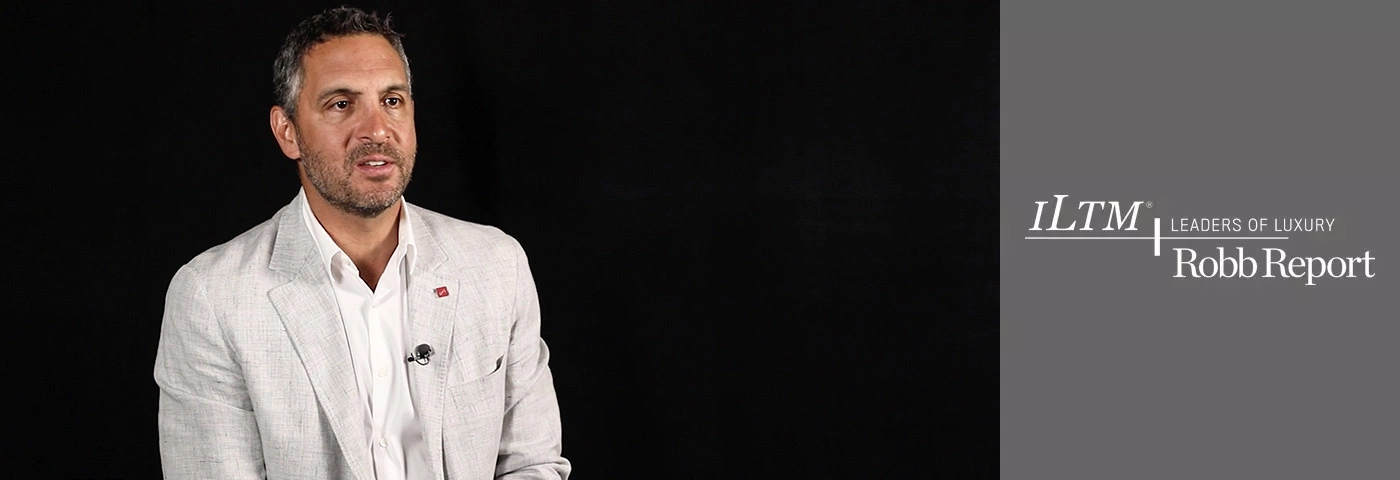
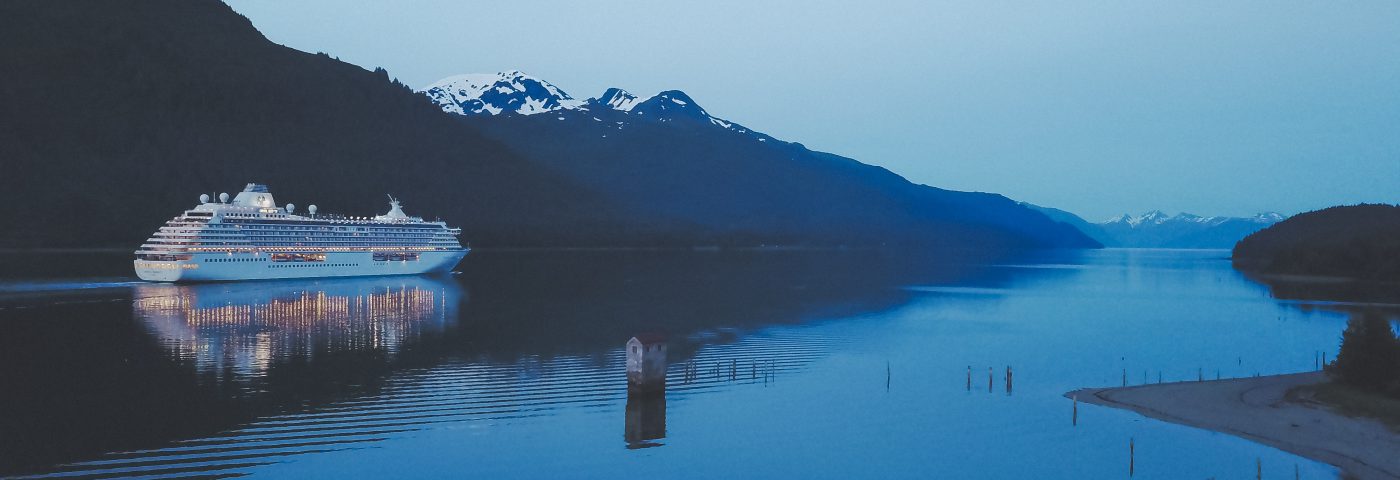

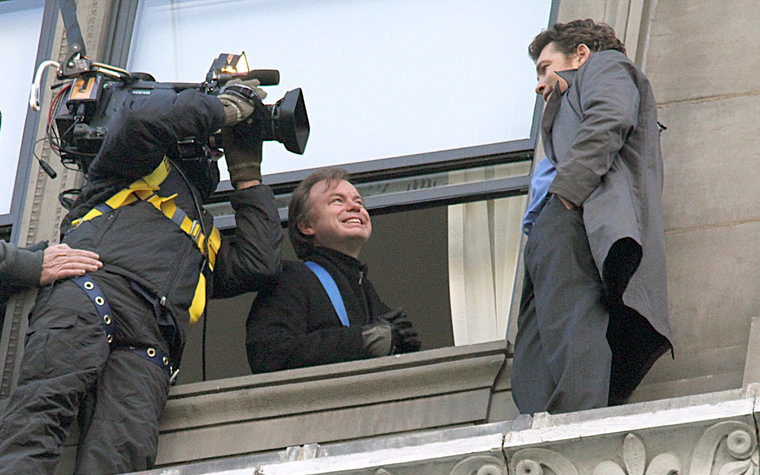 What’s the most important thing we need to do in order to ensure that what we’re communicating—whether a sales pitch, a speech, or a presentation—will effectively reach our audience?
What’s the most important thing we need to do in order to ensure that what we’re communicating—whether a sales pitch, a speech, or a presentation—will effectively reach our audience?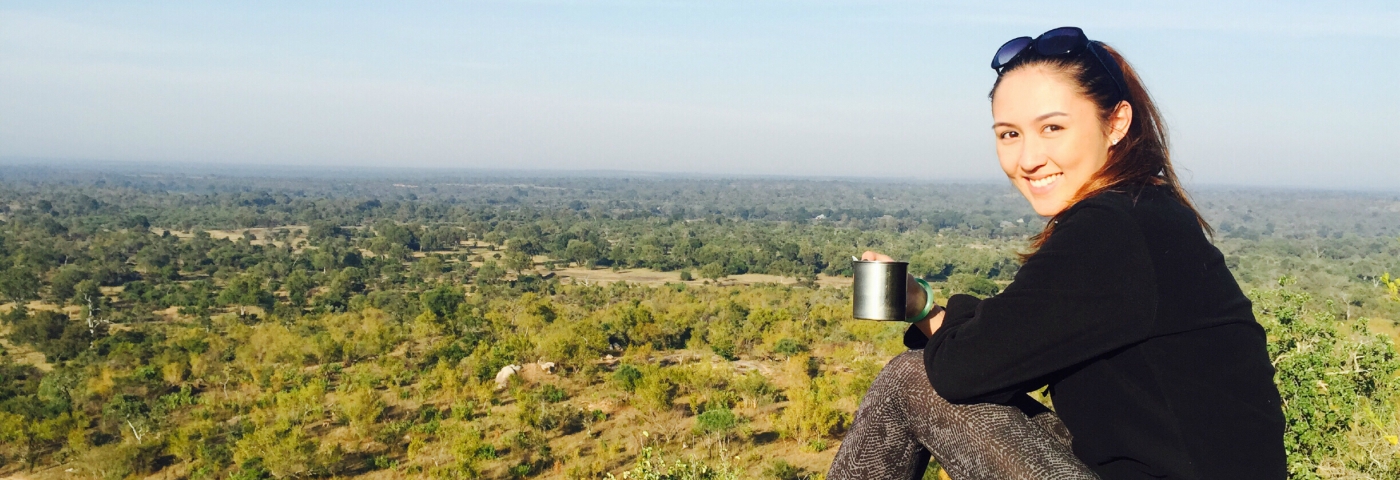
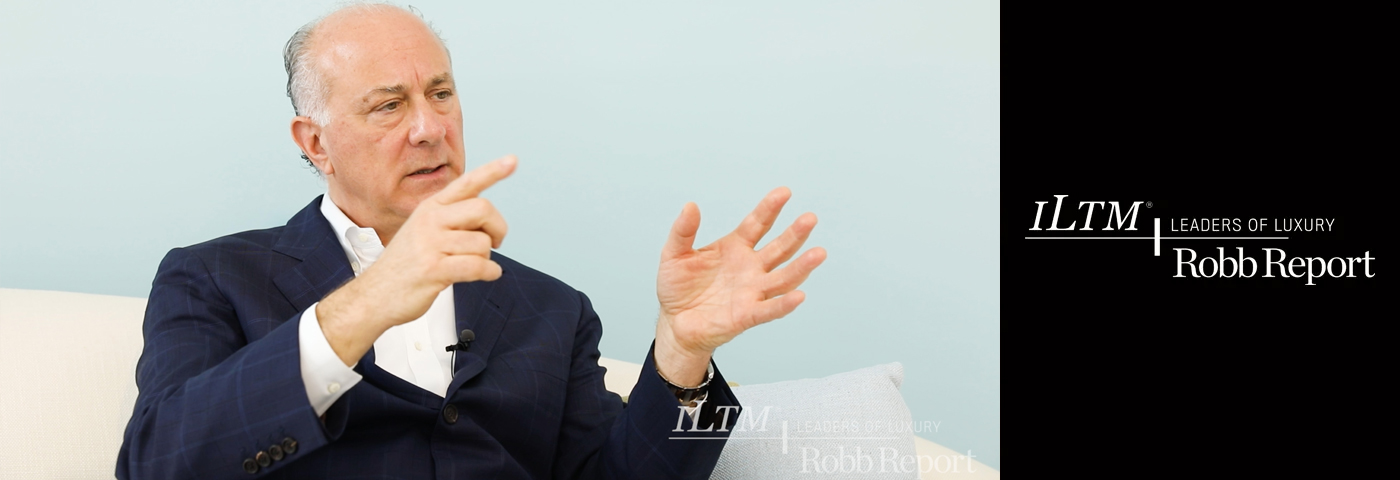
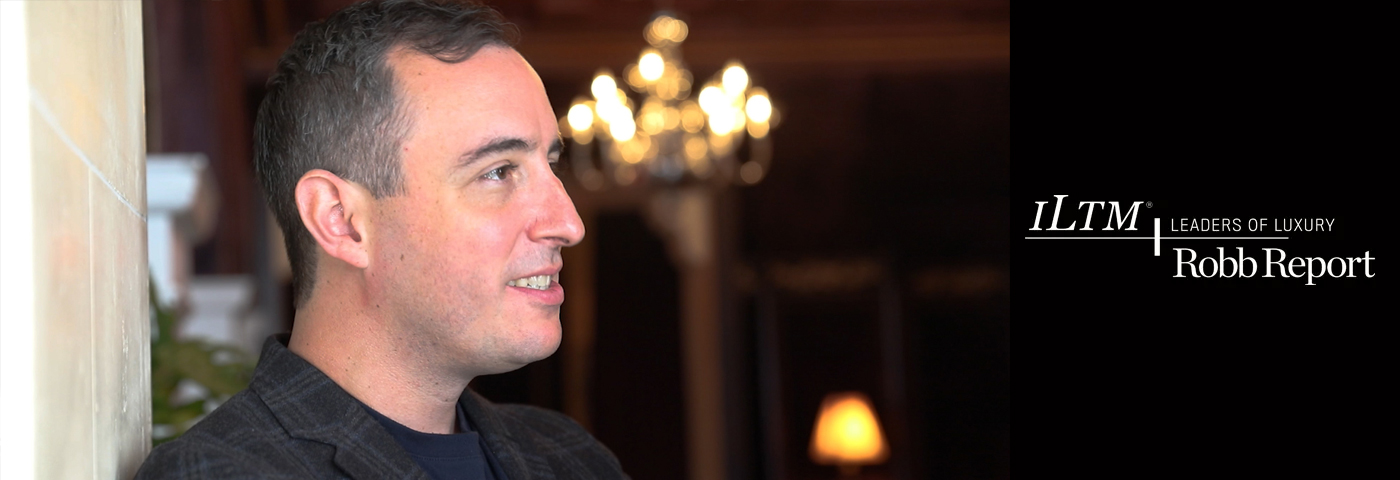
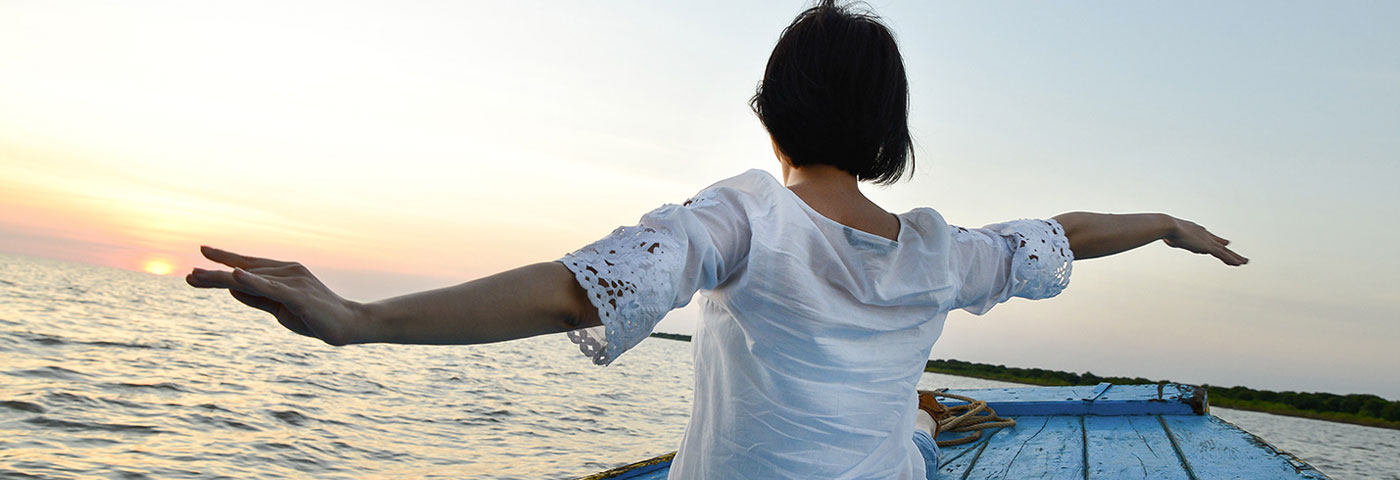
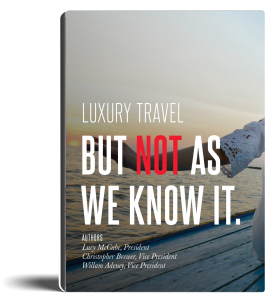
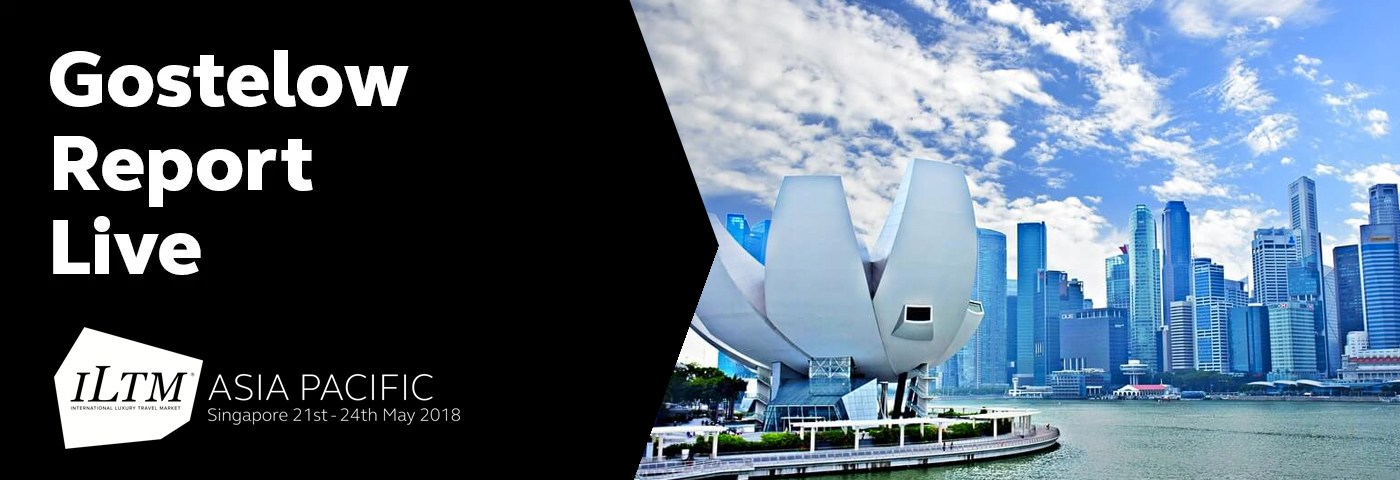
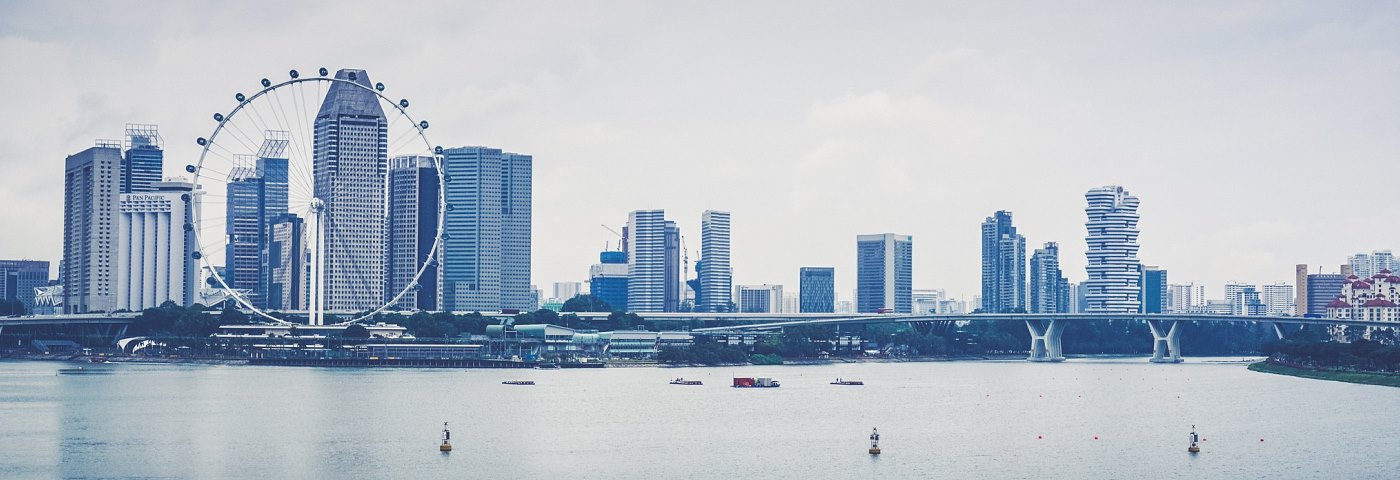
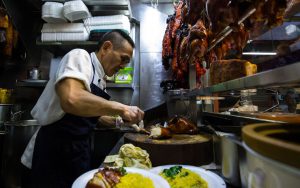 Kick off your foodie adventure at the Chinatown Complex Market & Food Centre, the largest hawker centre in Singapore. With over 200 stalls under one roof, you’ll get a crash course on Singapore’s various cultures through a diverse palate. For world-class Singaporean food, head to Hjh Maimunah and be like a local, enjoying village-style cuisine. The nasi padang (rice with a medley of Malay dishes) served here is one of the best on the island. For something more upmarket, the world’s first Michelin-starred Peranakan restaurant, Candlenut takes a contemporary yet authentic approach to the traditional Straits-Chinese cuisine. Arguably the best Peranakan restaurant in town, Chef Malcolm Lee has elevated his grandmother’s old recipes to Michelin-starred fame.
Kick off your foodie adventure at the Chinatown Complex Market & Food Centre, the largest hawker centre in Singapore. With over 200 stalls under one roof, you’ll get a crash course on Singapore’s various cultures through a diverse palate. For world-class Singaporean food, head to Hjh Maimunah and be like a local, enjoying village-style cuisine. The nasi padang (rice with a medley of Malay dishes) served here is one of the best on the island. For something more upmarket, the world’s first Michelin-starred Peranakan restaurant, Candlenut takes a contemporary yet authentic approach to the traditional Straits-Chinese cuisine. Arguably the best Peranakan restaurant in town, Chef Malcolm Lee has elevated his grandmother’s old recipes to Michelin-starred fame.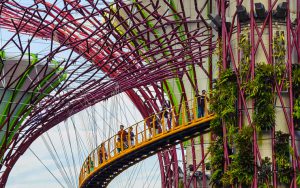
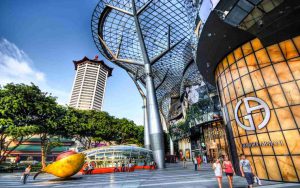 Stroll down Orchard Road, lauded as one of the best places to shop in Singapore. Spanning almost 2.2km, this bustling belt is a must-visit for shopaholics with its huge range of retail, dining and entertainment choices. Since opening in 2010, The Shoppes at Marina Bay Sands has amassed the largest collection of luxury labels under one roof in the region, with more than 170 luxury and premium brands. Explore VivoCity, the largest mall in Singapore. It features a plethora of shopping options as well as stores unique to VivoCity. Expect vast, open-air spaces for waterfront strolls, and find an array of amenities that are more than just shops.
Stroll down Orchard Road, lauded as one of the best places to shop in Singapore. Spanning almost 2.2km, this bustling belt is a must-visit for shopaholics with its huge range of retail, dining and entertainment choices. Since opening in 2010, The Shoppes at Marina Bay Sands has amassed the largest collection of luxury labels under one roof in the region, with more than 170 luxury and premium brands. Explore VivoCity, the largest mall in Singapore. It features a plethora of shopping options as well as stores unique to VivoCity. Expect vast, open-air spaces for waterfront strolls, and find an array of amenities that are more than just shops.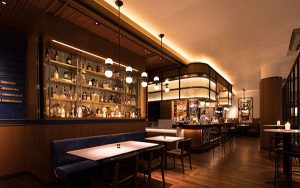 Set on Singapore’s vibrant Robertson Quay, The Warehouse Hotel Lobby Bar is a swish boutique serving craft cocktails reflecting the three eras of the property’s past; a spice trade warehouse, an illegal distillery and a warehouse disco. Nearby, Marcello at the InterContinental Robertson Quay is Singapore’s first modern Italian cocktail bar, inspired by the early to mid-20th century. An institution in the making, Marcello houses the largest selection of Amari in Southeast Asia. Located on Andaz’s 39th floor is the rooftop bar, Mr Stork. Catch stunning, panoramic views of the Singapore skyline while relaxing in the tepee huts amidst lush greenery.
Set on Singapore’s vibrant Robertson Quay, The Warehouse Hotel Lobby Bar is a swish boutique serving craft cocktails reflecting the three eras of the property’s past; a spice trade warehouse, an illegal distillery and a warehouse disco. Nearby, Marcello at the InterContinental Robertson Quay is Singapore’s first modern Italian cocktail bar, inspired by the early to mid-20th century. An institution in the making, Marcello houses the largest selection of Amari in Southeast Asia. Located on Andaz’s 39th floor is the rooftop bar, Mr Stork. Catch stunning, panoramic views of the Singapore skyline while relaxing in the tepee huts amidst lush greenery. Southeast Asia’s first Hollywood movie theme park, Universal Studios Singapore™, features an enticing selection of attractions, rides and entertainment for families and thrill seekers. 18 out of the 24 movie-themed rides here were designed just for the Singapore Park. Not for those with a fear of heights, the Mega Adventure Park at Sentosa is all zip-lines and high-element activities. The main attraction at the park is the Mega Zip itself, a 450m zip-line. At Ultimate Drive, you can jump in a Ferrari F430 Spider or Lamborghini Gallardo Spyder and experience the thrill of driving on the official FORMULA ONE Marina Bay Street Circuit.
Southeast Asia’s first Hollywood movie theme park, Universal Studios Singapore™, features an enticing selection of attractions, rides and entertainment for families and thrill seekers. 18 out of the 24 movie-themed rides here were designed just for the Singapore Park. Not for those with a fear of heights, the Mega Adventure Park at Sentosa is all zip-lines and high-element activities. The main attraction at the park is the Mega Zip itself, a 450m zip-line. At Ultimate Drive, you can jump in a Ferrari F430 Spider or Lamborghini Gallardo Spyder and experience the thrill of driving on the official FORMULA ONE Marina Bay Street Circuit.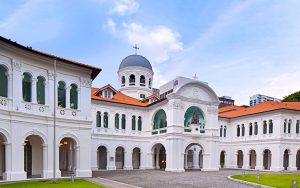 Doubling as a 19th-century nation monument, the Singapore Art Museum has built up one of the most important collections of contemporary art from the region. Little India is one of Singapore’s most vibrant districts. As you walk down Serangoon Road and neighbouring streets, explore their mix of temples, delicious food and unique shops. With its massive golden domes and huge prayer hall, Sultan Mosque is well worth the visit. Masjid Sultan, as it is also known, is a prominent mosque located in historic Kampong Glam and is one of the country’s most impressive religious buildings.
Doubling as a 19th-century nation monument, the Singapore Art Museum has built up one of the most important collections of contemporary art from the region. Little India is one of Singapore’s most vibrant districts. As you walk down Serangoon Road and neighbouring streets, explore their mix of temples, delicious food and unique shops. With its massive golden domes and huge prayer hall, Sultan Mosque is well worth the visit. Masjid Sultan, as it is also known, is a prominent mosque located in historic Kampong Glam and is one of the country’s most impressive religious buildings.